With all the hype that went with the Honda Civic Type R launch last year, people seemed to forget we already have a road-going racer available to us, and have had for decades: the Subaru WRX.
It was almost the perfect scenario. I stepped out of the 2018 Subaru Levorg I had had for a few weeks, and straight into the WRX – same motor, and 150Kg less weight.
The Levorg has good performance and is oh so practical. But that CVT (Subaru calls it an SLT transmission) really dulls the performance potential of the car, when you don’t drive it in Sport+ (Subaru calls it S#) mode. It doesn’t feel like a car with 197 kilowatts of power under the bonnet. That’s almost 265HP.
The WRX on the other hand….same engine, rally pedigree, grunt, handling, braking, steering – a real driver’s car compared to the Levorg. Or is it?
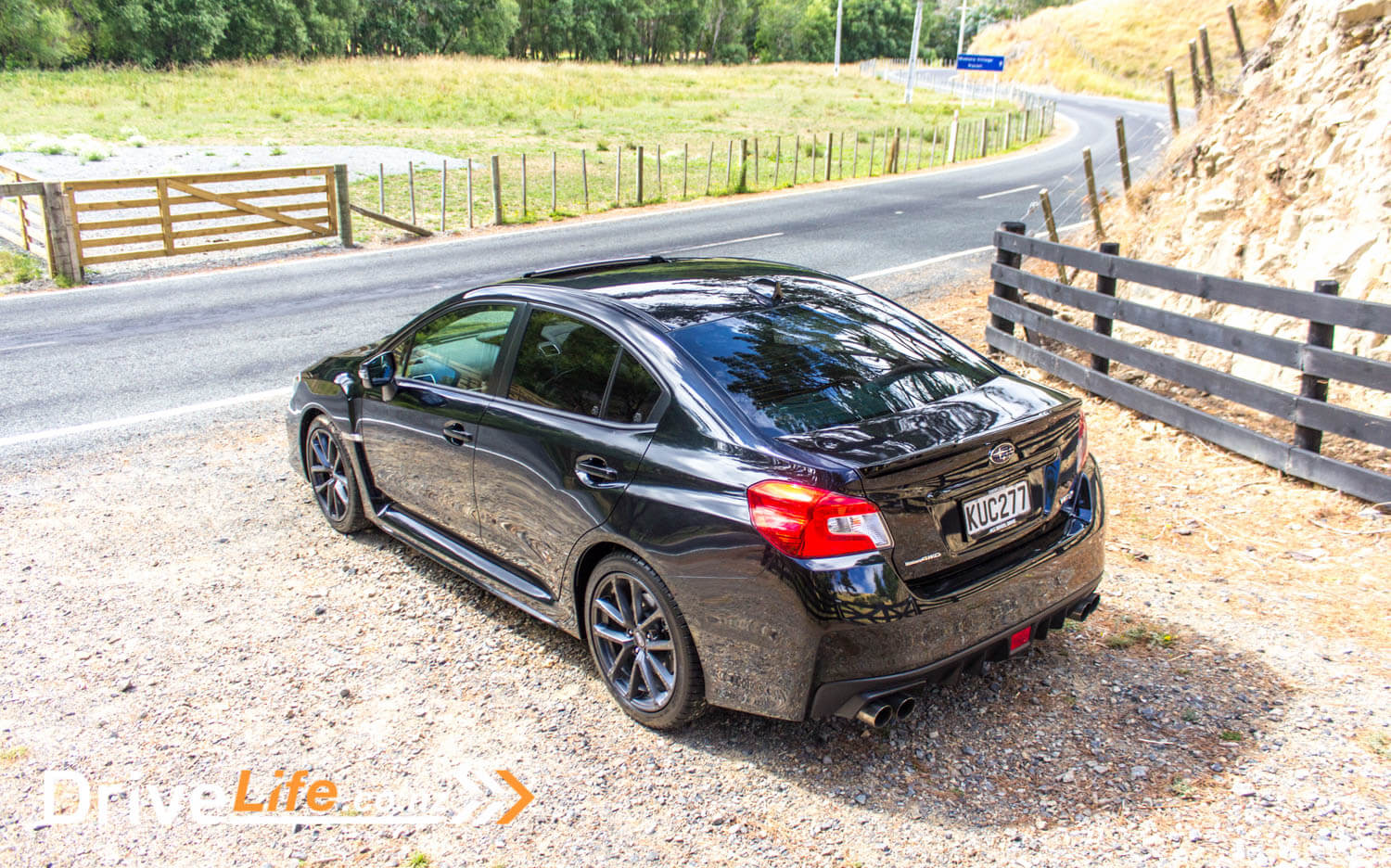
The Range
There’s four WRX models – the Standard and Premium (that we tested) models that are fitted with a 2-litre turbo motor putting out 197Kw of power and 350Nm of torque. Nice. Then there’s the STi version (Standard or Premium) which has a 2.5-litre turbo motor which manages 221Kw and 407Nm of torque. Even nicer!
Both 2.0-litre models come standard as a 6-speed manual, but are also available with Subaru’s ‘SLT’ transmission – or CVT to you and me.
All WRXs are AWD, and the STi is manual-gearbox only.
The WRX is a performance car, no doubt about that, so the kit you get for your money isn’t hugely long. As standard, it comes with 18” alloys, DRLs, front and rear fog lights, steering-responsive and self-levelling LED headlights, sports body kit, welcome home lighting, climate controlled AC, leather steering wheel, a 6.2” touchscreen central display, single CD audio with 6 speakers, steering wheel controls, limited slip rear diff, and Subaru’s Eyesight camera system (SLT trans only).
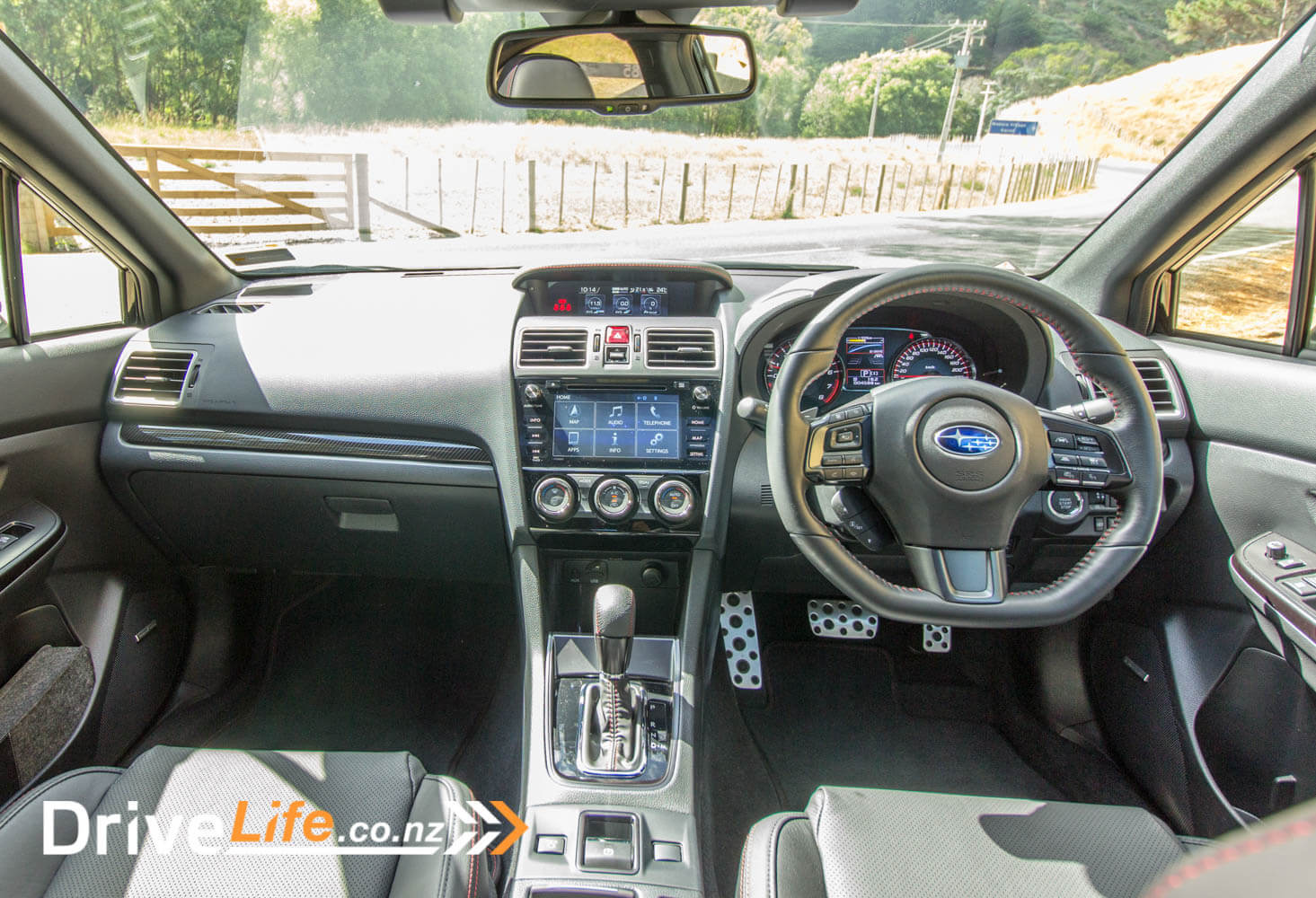
For the $5K extra cost, the Premium model of WRX adds an electric sunroof, auto headlights and wipers, leather seats and trim, sports front seats with red stitching, ten-way power driver’s seat with memory, heated front seats, a 7” touchscreen display, reversing camera, side and front view cameras, auto high beams, blind spot detection, keyless entry and start, rear cross traffic alert, lane change assist.
The above goodies may add some weight, but for $5,000 over the Standard WRX automatic, you’d be crazy not to upgrade to the Premium model. That’s a great value-add package.
We’re reviewing the STi model soon so I won’t cover that here.

First Impressions
I’m torn here. At certain angles, I love the WRX. It looks purposeful, and downright mean. Those vents on the front guards with ‘WRX’ above them look very cool.
Then at the back it turns into a BMW 3 Series. Actually, one day I went to get in the WRX at the supermarket, and stood trying the door handle – it wouldn’t open, because it was a black 3 Series with black wheels. I’m so happy the alarm didn’t go off.
That’s not to say it’s bad looking at the back, just a little too familiar. The four exhaust tips help the look a lot – they exude power.
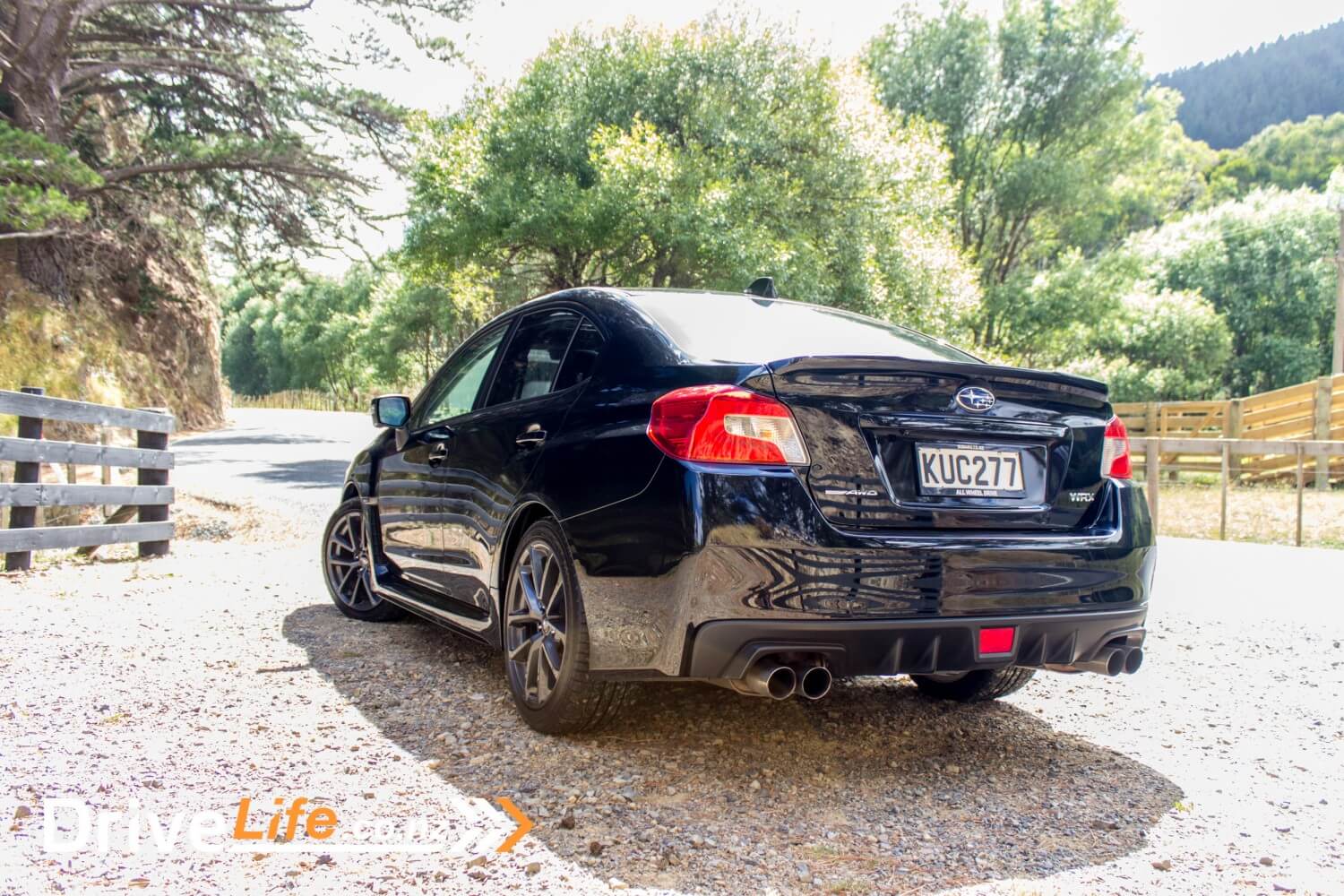
The front is somewhat aggressive as WRXs generally are, with that massive hood scoop taking pride of place. A number of people would see that, and know this wasn’t an Impreza.
But… it doesn’t look as outlandish or in your face as you would expect a WRX to be. Maybe that’s on purpose, but this could both win and lose buyers.
The wheels are a stand-out feature – very nice. I got a few comments on these during my time with the WRX. The red brake callipers are a nice touch – red on the front in the SLT model, and red all round with a manual gearbox (don’t ask me why).
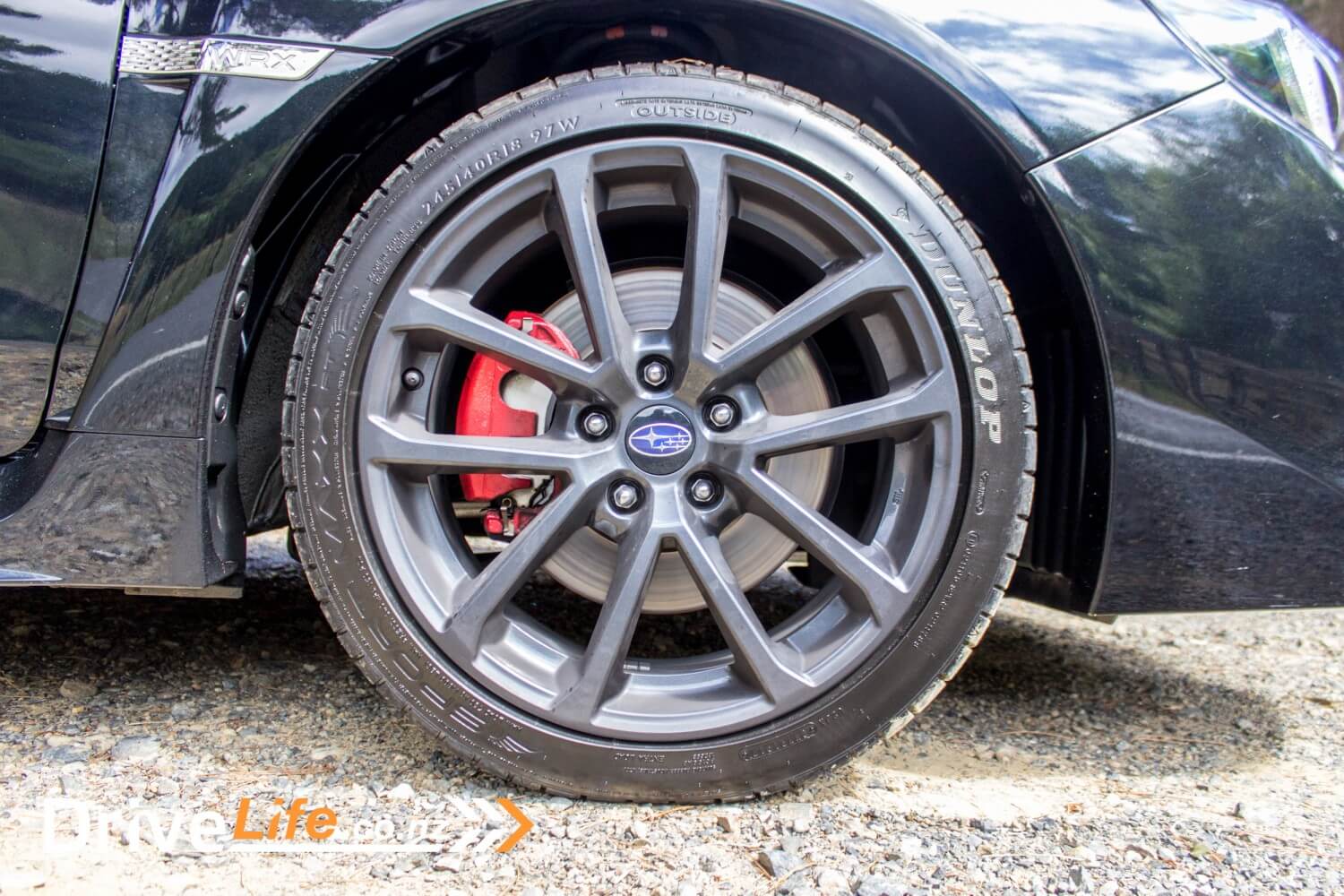
The Inside
I thought I had stepped back into the Levorg, or just about any other Subaru. Total déjà vu here, everything in the same place and looking identical.
The interior of our WRX was all black – everything. Headlining, seats, dash, door panels. Very racy I’m sure, but as you can imagine pretty dark too. Luckily the Premium model we had on test has an electric sunroof with a manual blind, so it was blind open all the time while I had the car. The red stitching on the leather seats of the Premium model does break it up a bit.
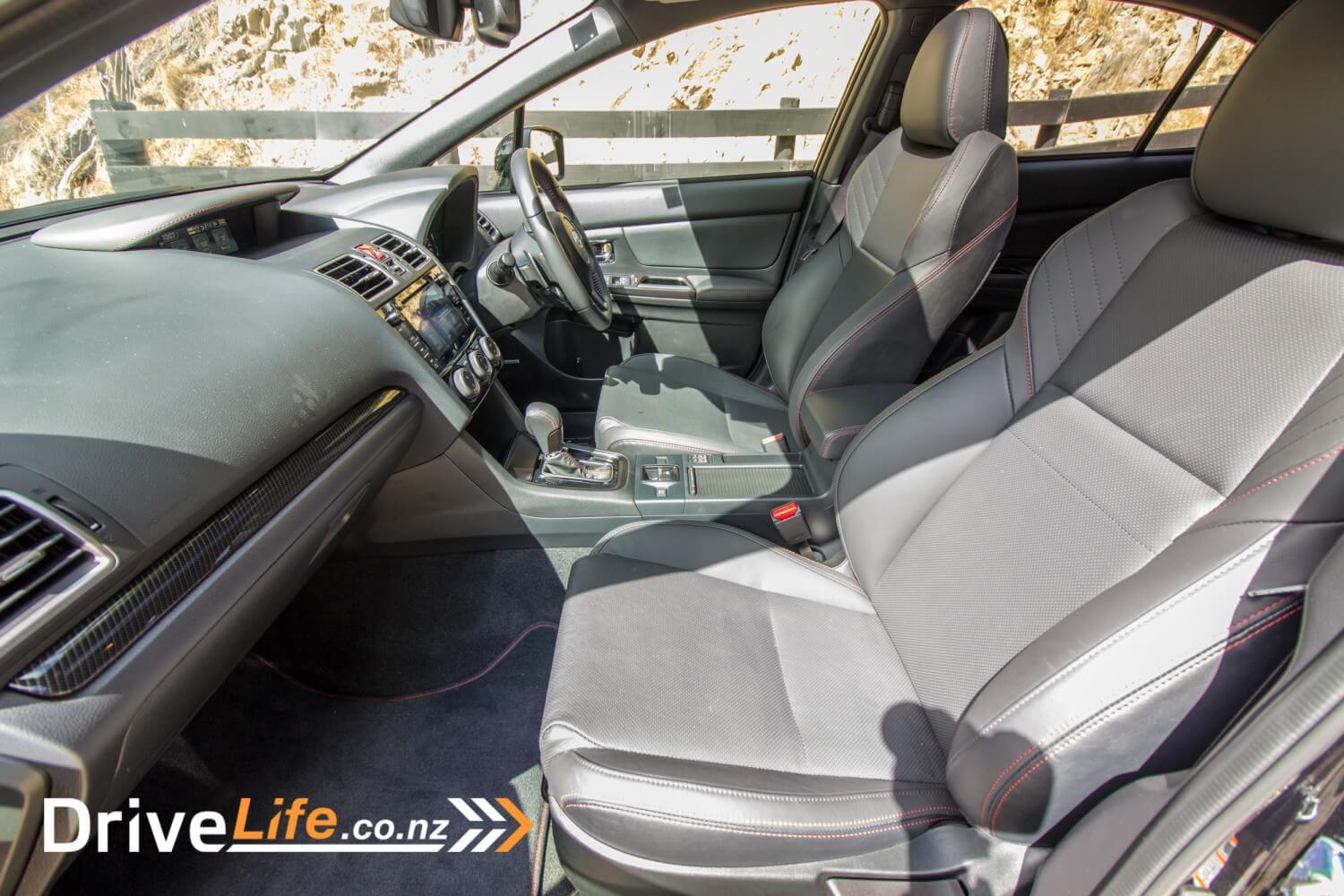
A first impression, other than the blackness, is the amount of hard plastics used inside. There’s more hard plastics than not. Very practical, but your hand falls to them when you are sitting in the driver’s seat a little too much. Still, the WRX isn’t supposed to be a luxury car. However I felt for $56K there’d be a few more premium materials used.
The driver’s seat in the premium model gets power, and also has 2-way lumbar adjust. The heated front seats themselves are quite firm, but offer great support – especially side support. Important when you have AWD and a turbo.

I did find though that after 90 minutes of driving, I had a numb bum. A short walk fixed that. Not quite as hard as a Holden Astra, but up there. There’s reasonable legroom in the rear of the car for a midsize sedan, it’s not great but certainly acceptable.
The boot is more than generous at 460 litres, with a 40/60 fold-down rear seat helping in the storage department.
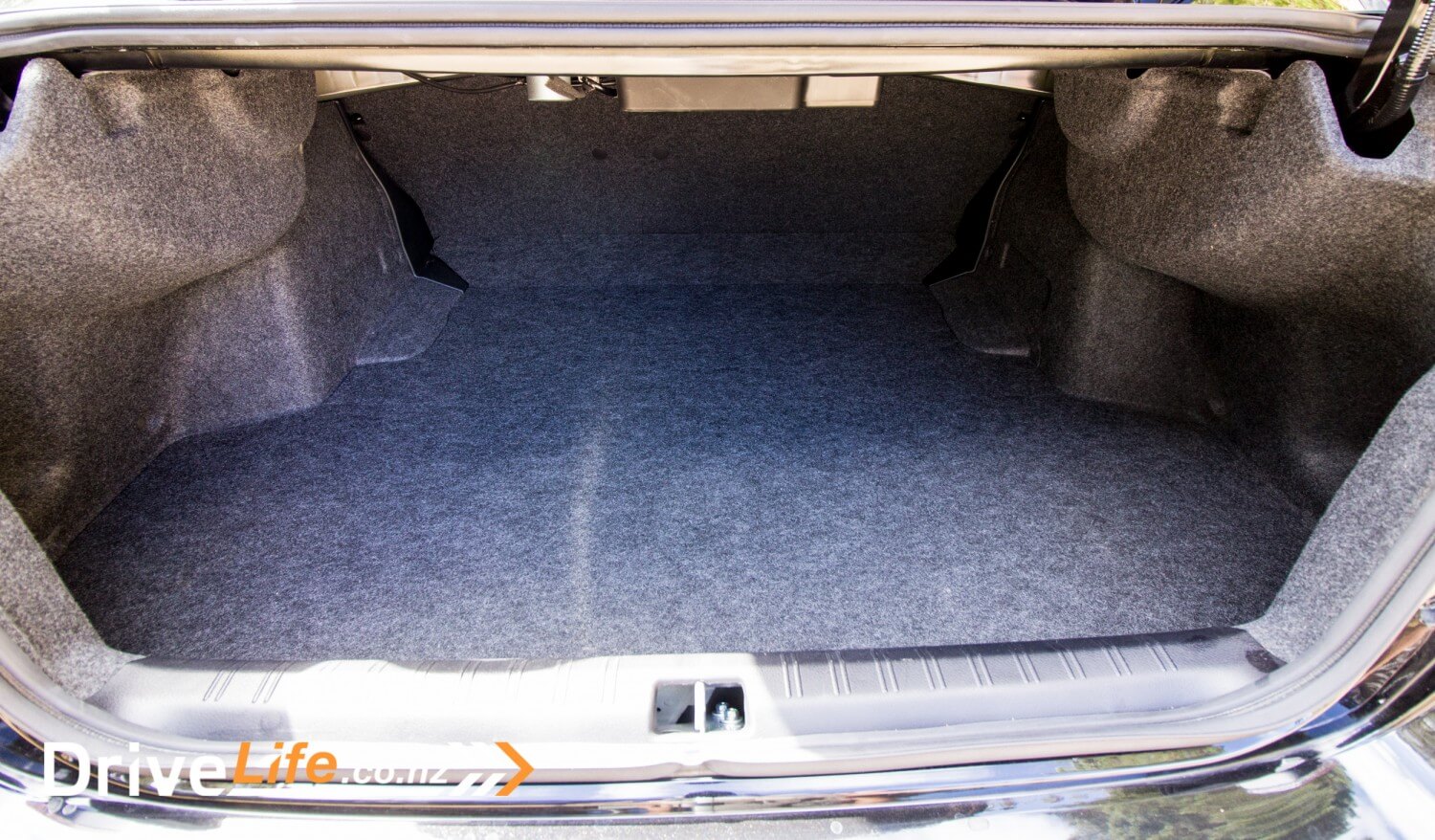
You get 2 USB ports and an AUX port in the front of the car. I love that Subaru have stuck with 3 simple dials for AC controls – simple, and it works. So quick to use. It makes you wonder why other manufacturers go for systems that are part of the touchscreen. Dials are AC king.
I found the audio had far better bass than Levorg, maybe because the Premium model has a Harmon Kardon sound system. While the Levorg’s sound system is decidedly average, the WRX Premium is above average.
Interesting though that when using SatNav for directions, it mutes the audio right down – on all speakers. Other cars only mute the speaker closest to the driver. First world problem, but it sent my teenage passengers a little crazy. Right in the middle of a song, it would mute the music about 90% and then directions given.
I’m not going to go on any more about the interior, read Rob’s review on the Levorg for more – they are pretty much identical.
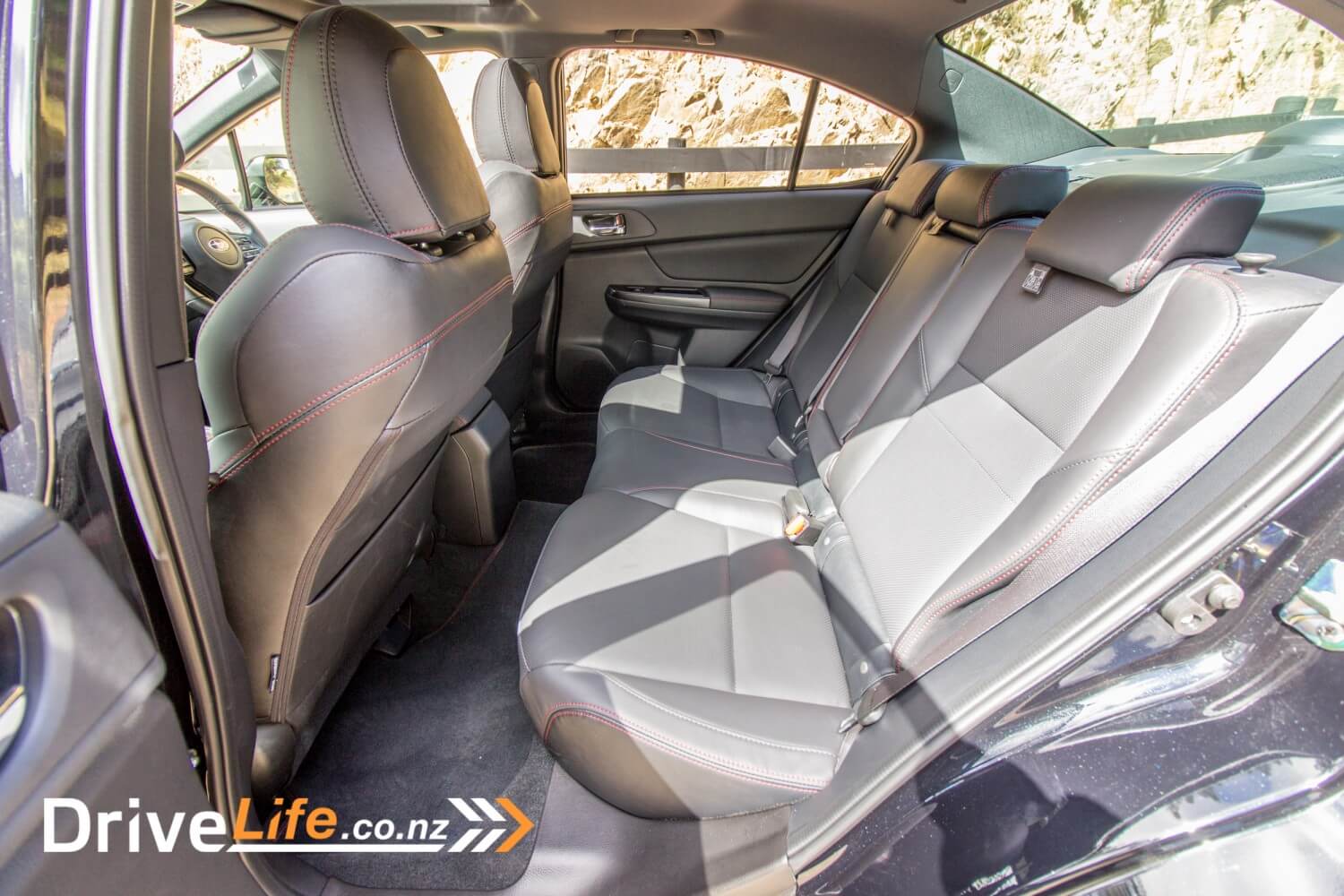
The Drive
This is what the WRX is all about – The Drive. We tested the Honda Civic Type R a few months back, and loved it. All I could think was, I can’t wait to compare the 6-speed manual Type R to the 6-speed manual WRX.
I doubt you could imagine my disappointment when I opened the door of our test car, and saw that auto shifter. Driving a manual WRX was the one thing I was looking forward to, after the Levorg.
When I tested the 2017 Levorg with the SLT transmission, it didn’t do it for me. For what Subaru calls the ‘spiritual successor to the Legacy GT’, an automatic gearbox has no place in such a car. The 2018 Levorg did seem to shift better than the previous model.
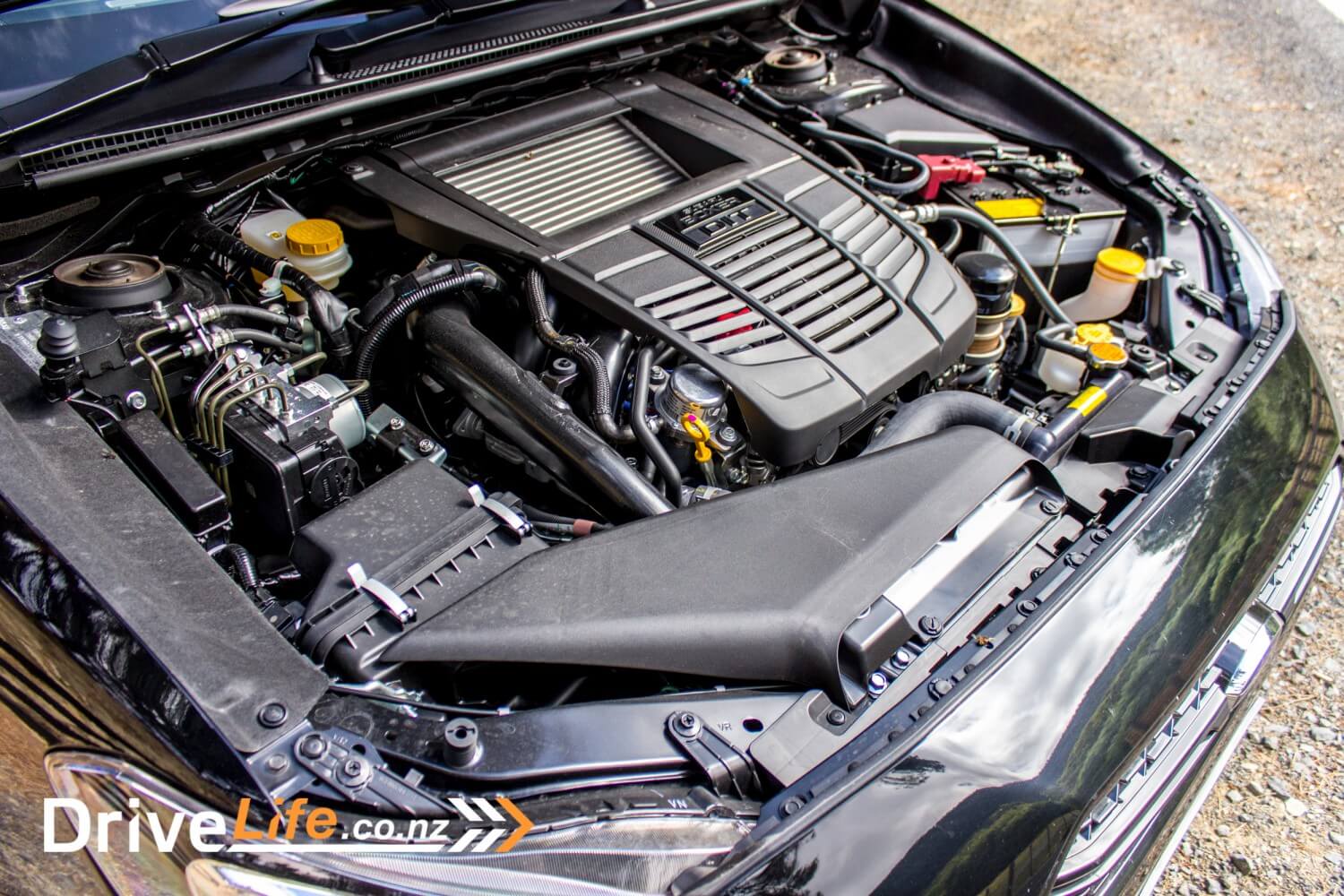
Then there’s the 2018 WRX, with the same CVT gearbox. It was better than I thought it would be. It is no Type R – far from it – but in SI (standard settings) mode, it shifted ok. You could still tell it was a CVT, but it wasn’t bad.
When I picked up the WRX, I took it straight to my Favourite Handling Road, to compare it to the Type R. As far as the gearbox goes, in S# mode where the trans acts like an 8-speed auto, it performed well. Still not as much fun or anywhere near as engaging as the Type R, but shifts are quick and decidedly un-CVT like. This is a big improvement over the 2017 Levorg with the same ‘box. When comparing it to the 2018 Levorg, it also felt better. I wonder if that’s down to the 150Kg less weight. Probably.
Performance too in S# mode is pretty darn fine. It picks up and goes, when rolling out of a tight bend. As you can imagine, with AWD and those excellent Dunlop tyres, grip is superb.
Accelerating out of a tight bend will see more body roll than you’d expect, but a bit more gas pedal will keep the body roll in check nicely.
That’s not to say body roll is an issue – there’s just more of it when compared to the Type R.
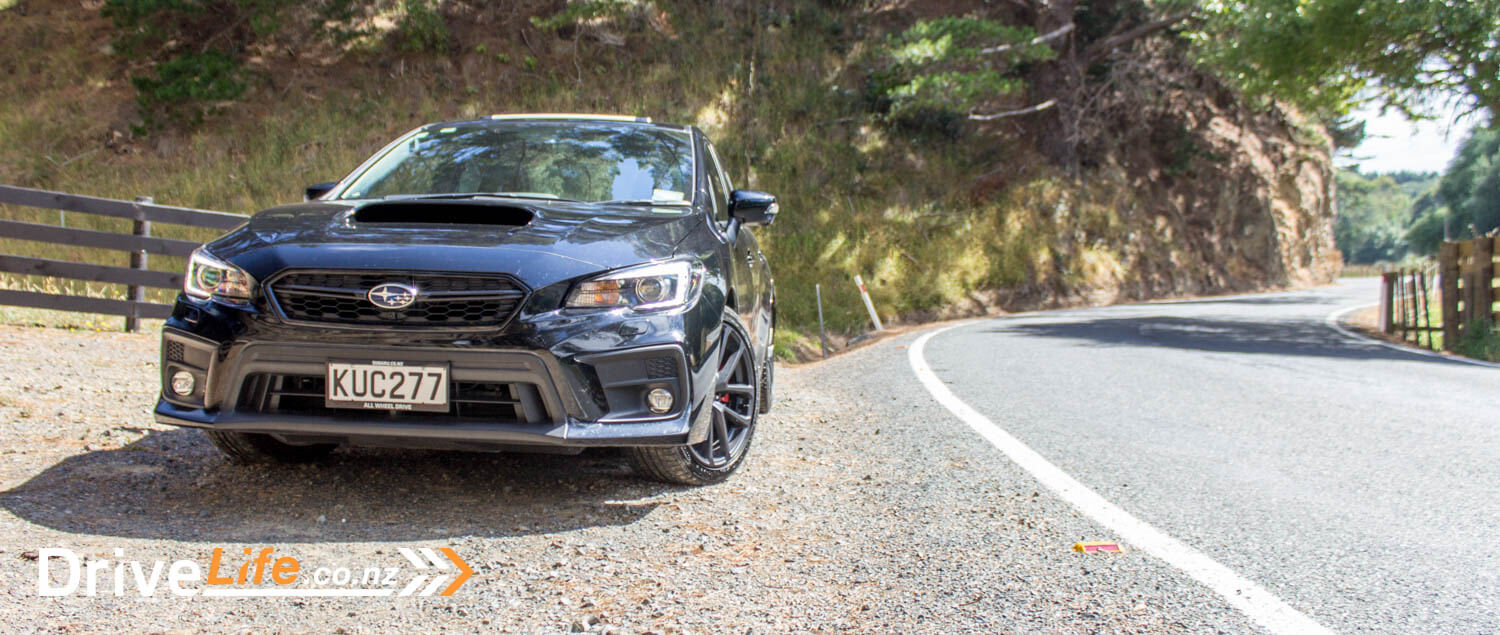
You can really get some nice four-wheel drifts going in the WRX, using the steering wheel and gas pedal. This car really is a joy to drive on a tight and windy road, where you love the grip that AWD gives you but can still make it drift a little if you want to.
The steering is good in SI mode, and weights up nicely in S# mode. There’s great feel through the steering too, you always know what the front wheels are doing. Essential stuff with the available performance and grip.
Brakes too are superb – slamming them on at 100km/h pulls you up in a straight line, in an excellent stopping distance. Those Dunlop Sportmaxx 245/40/18 tyres are perfectly suited to the WRX.
When accelerating from a standstill, there’s definitely some turbo lag. A rolling start sees good acceleration, and midrange too is extremely satisfying. Off the mark, the AWD and turbo bogs the WRX down some before it can really lift its skirts and fly.
So here I am having some fun on tight bends, winding it out to the redline now and then – more now than then. Two things struck me after my run. Firstly, there’s no snap, crackle or pop. The engine makes a whine, but (dare I say it) it sounds a bit like a sewing machine. There’s no character to the engine at all. Most people wouldn’t worry about this, and I hope Subaru don’t put an engine noise generator in the WRX, but oh how I wish it crackled a bit more, even if just on the overrun.
Secondly, was my fuel consumption. My average for that fun-run was 17l/100km. Pretty high, but understandable. Overall, I covered 400km in the WRX and it averaged 9.2l/100km for that – much better, and acceptable for the performance at hand. Actually, 9.2L/100km is exactly the combined rating that the car’s given, so spot on for Subaru there. It doesn’t happen often.
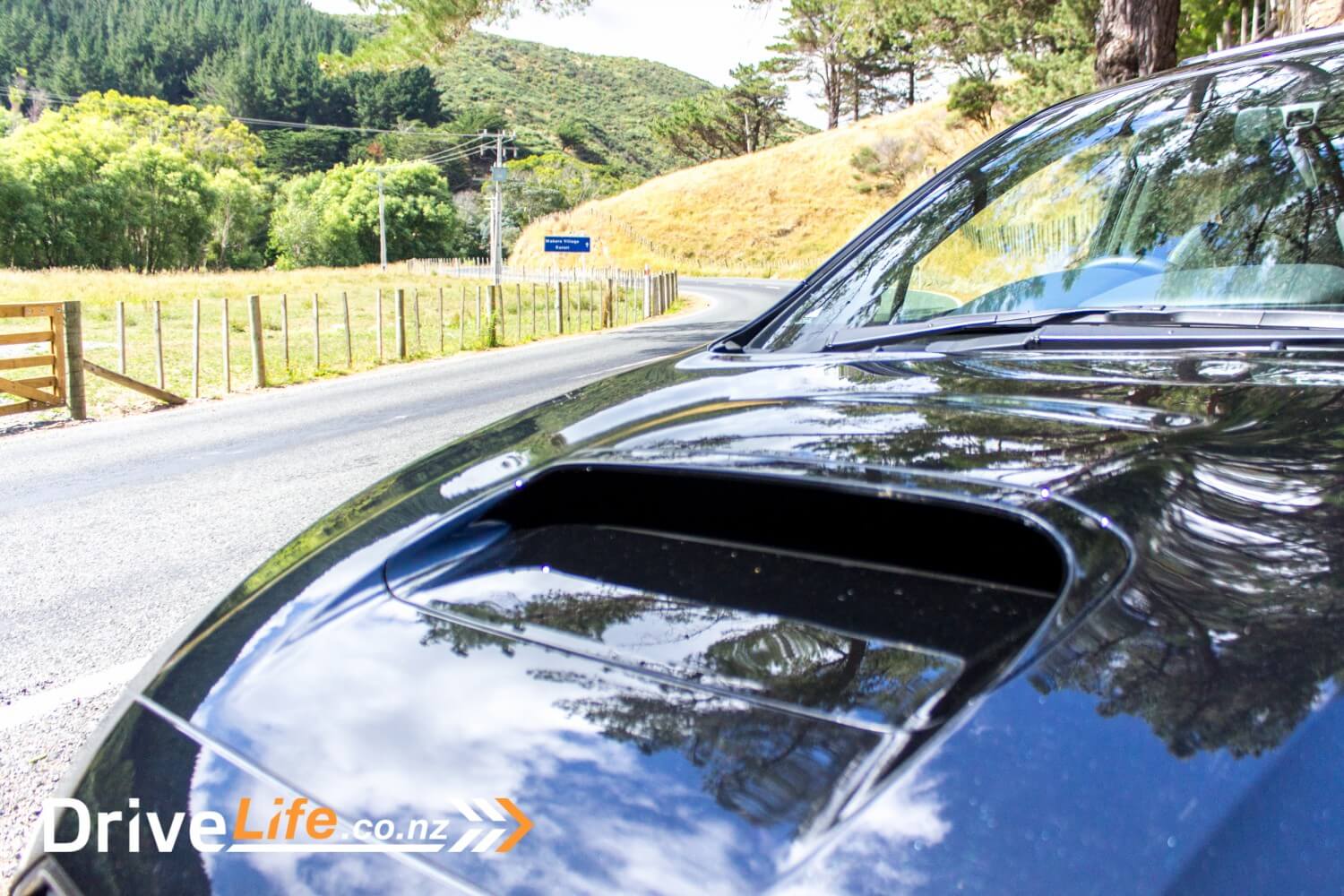
Back to the handling and performance. The ride is pretty firm, but it doesn’t affect the handling at all. While some hard-riding cars can end up skipping when hitting a bump mid-corner, the WRX takes it in its stride and just gets on with it. The ride can get a bit jiggly, but it doesn’t detract from your fun.
On to the daily drive – and let’s face it, most WRXs won’t be sitting in the garage as a weekend-only car. The SLT models have Subaru’s excellent Eyesight system, which gives you things like adaptive cruise control. Love this for the daily drive – but would still buy a manual.
The WRX doesn’t beep as much as the Levorg, but still too much. It feels like every time the car does something (like accelerate when using cruise control), it beeps to let you know. A bit needless and annoying after a while, but not as bad as the Levorg.
There’s great visibility from the inside – it was nice to drive a sedan for a change. There are biggish C pillars, but visibility is still better than a hatchback.
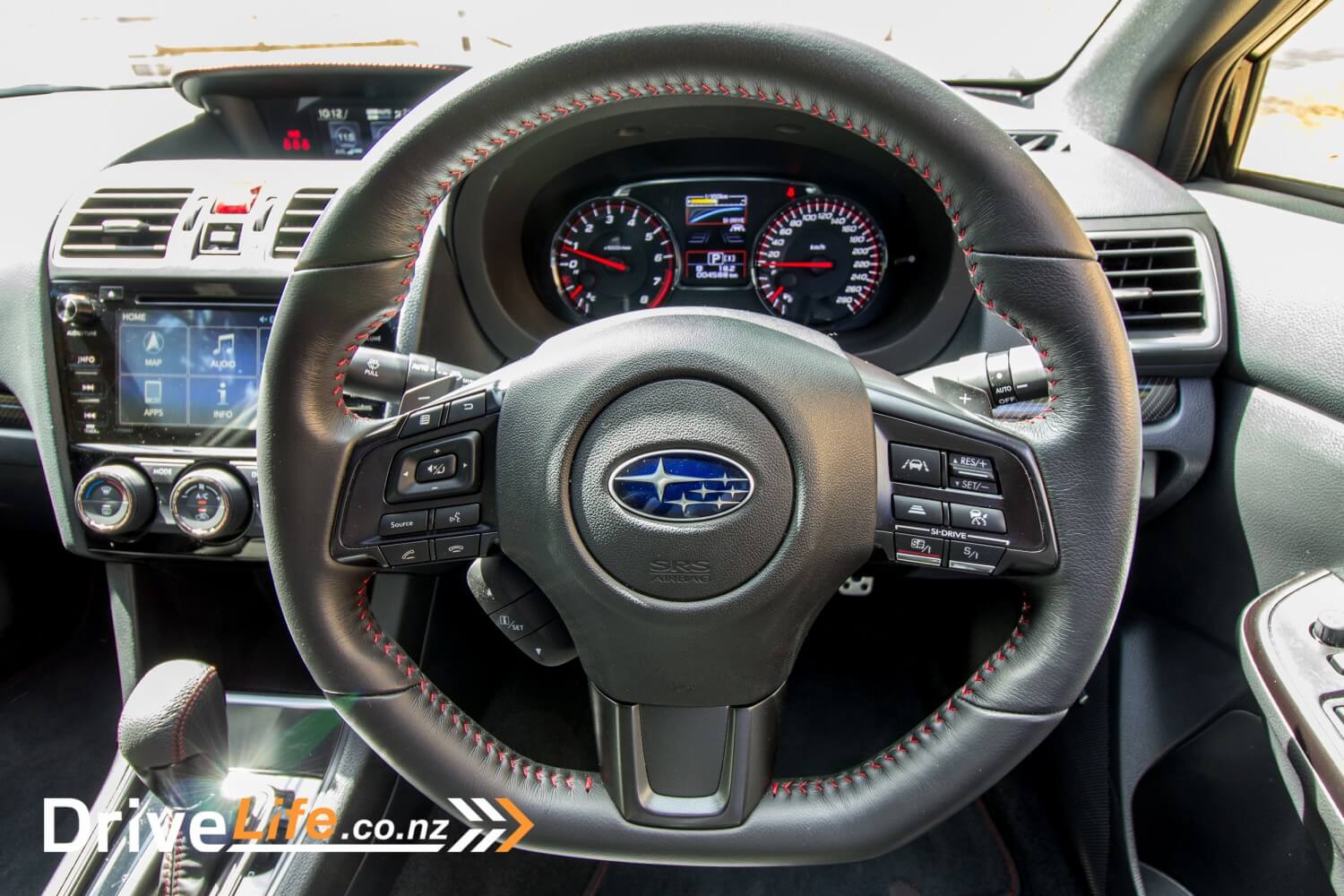
The 2018 automatic models now have brake auto-hold – Subaru calls it AVH, or Auto Vehicle Hold. This means (if it’s turned on) when you pull up to a red light or a stop sign, the car’s brakes come on and stay on, until you accelerate. No danger of creeping forward here. The only issue with this is (and this is common for many cars with this feature), is that you have to turn it on every time you get in the car. I wish there was a way to make it stay on, when you get back in the car.
For the 2018 WRX, there’s now an electric park brake – for the SLT models only.
Also new for 2018, the WRX now has the View button for the upper-most central display. Hitting the View button flicks between having a split display of the side camera and front camera, to front camera only. Handy for parking.
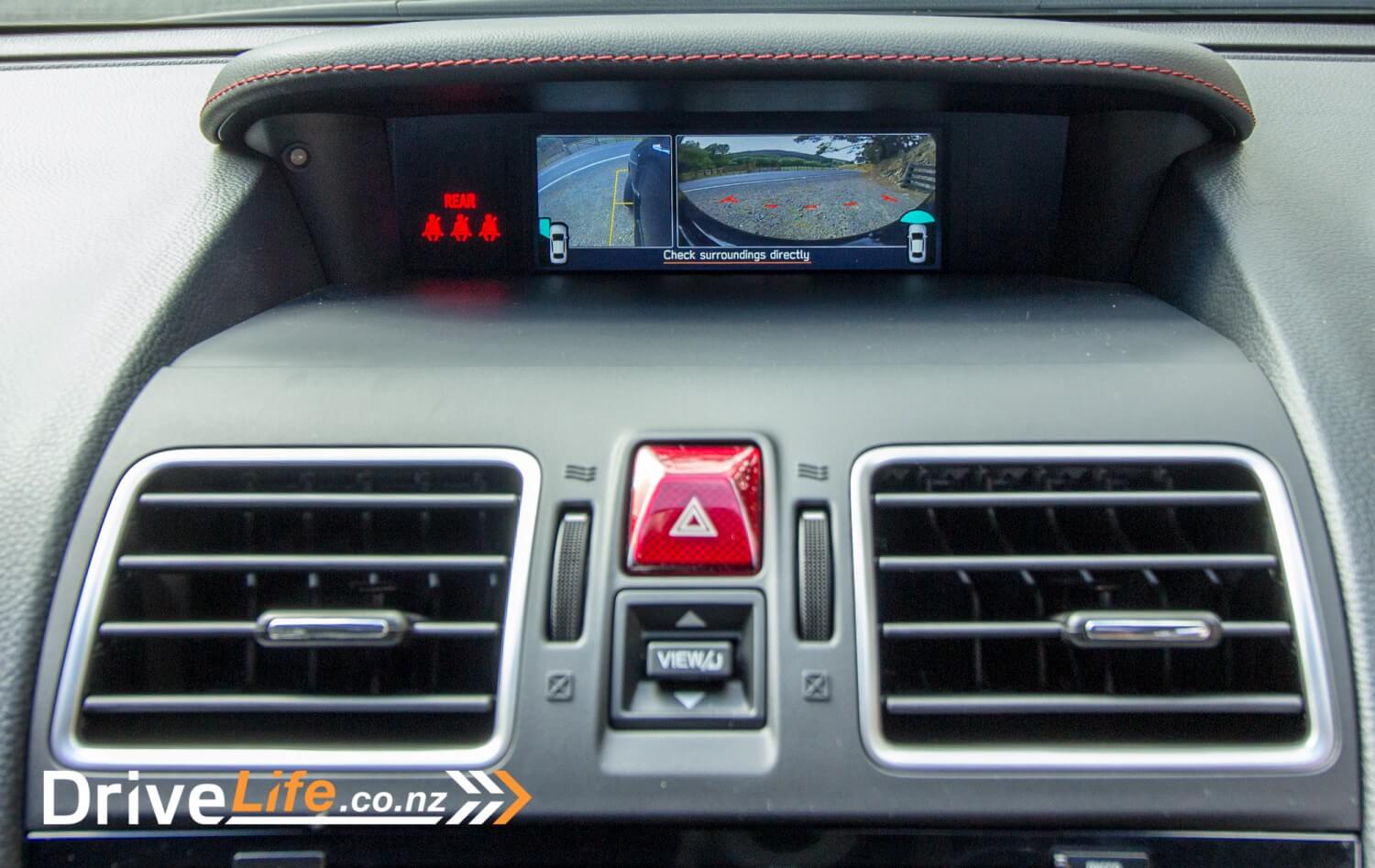
The steering wheel is standard Subaru fare –there are 20 buttons on the wheel, controlling 21 functions. This sounds like a lot of buttons – it is! – but for me they work intuitively, and I rarely found myself looking down for the right button to push.
I did get some wind noise from the top of the A pillars, but really it’s almost not worth mentioning. There’s some tyre noise and road noise too, but overall the cabin is a pretty quiet place. All the better to hear that lack of decent engine noise.
During my time with the WRX, I did find one issue – and it was exactly the same on the Levorg. When shifting from Park to Drive, you sometimes get a shunt in the transmission. It’s worse when cold. Not the end of the world, but a little unexpected all the same.
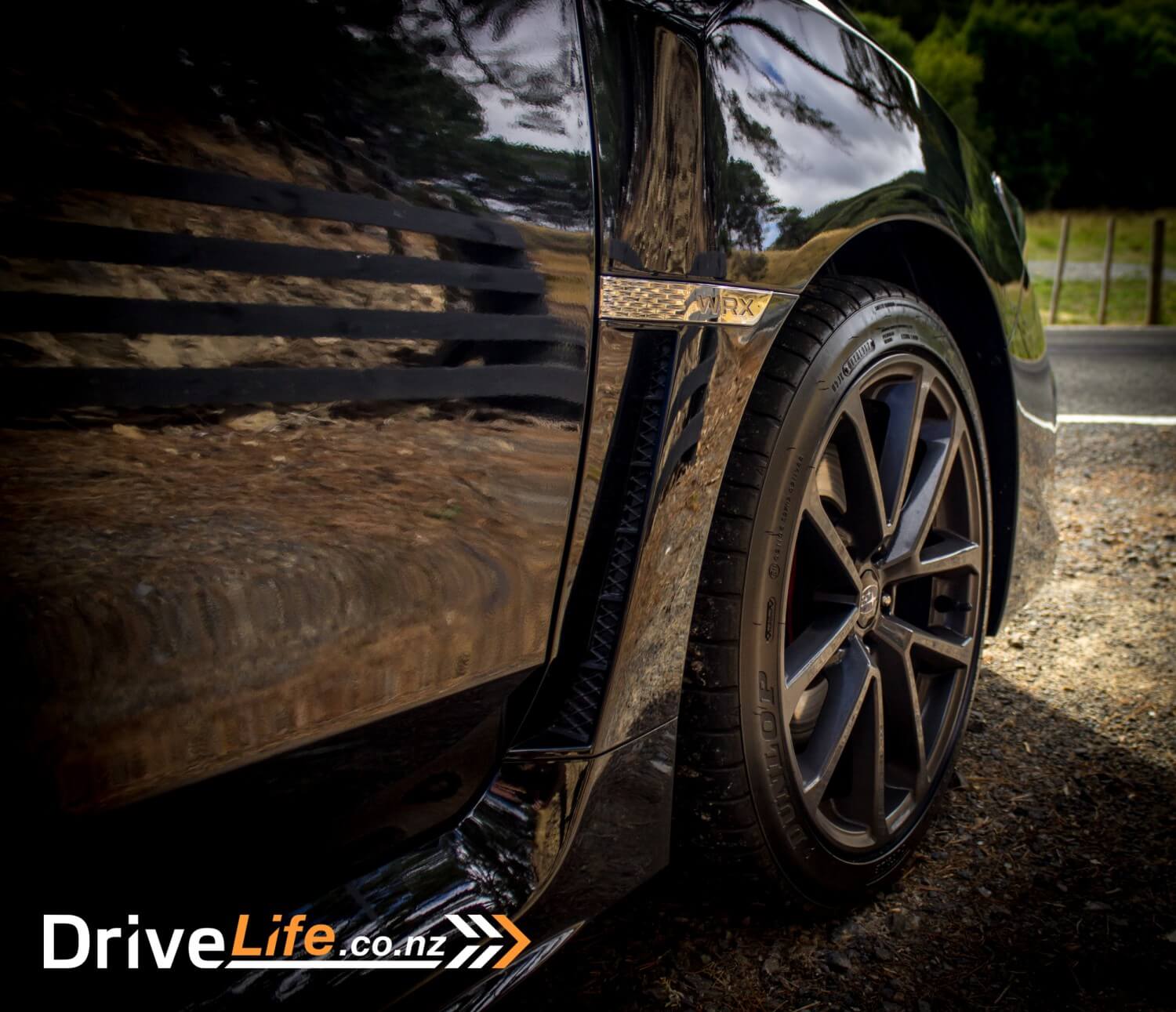
The Competition
| Brand/Model | Engine | Power/Torque | Fuel, L/100km | Boot space, litres | 0-100km/h, seconds | Price – High to Low |
| Volkswagen Golf GTi DSG (FWD) | 2.0-litre, 4-cylinder turbocharged petrol | 169Kw/350Nm | 6.4 | n/a | 6.4 | $57,390 |
| Subaru WRX Premium SLT (AWD) | 2.0-litre, 4-cylinder turbocharged petrol | 197Kw/350 NM | 9.2 | 460 | 6.0 | $55,990 |
| Kia Optima Turbo GT (FWD) | 2.0-litre, 4-cylinder turbocharged petrol | 180Kw/350Nm | 8.5 | 510 | 7.2 | $53,990 |
| Ford Focus ST (FWD) | 2.0-litre, 4-cylinder turbocharged petrol | 184Kw/260Nm | 7.2 | 260 | 6.5 | $52,840 |
| Toyota GT86 (RWD) | 2.0-litre, 4-cylinder petrol | 152Kw/212Nm | 8.4 | 237 | 7.4 | $52,490 |
| Honda Civic RS (FWD) | 1.5-litre, 4-cylinder turbocharged petrol | 127Kw/220Nm | 6.7 | 420 | XX | $40,900 |
The Pros and Cons
| Pros | Cons |
|
|
What do we think of it?
After my initial disappointment of getting an automatic WRX to test, I really liked it. The performance is so accessible with the SLT model, and in S# mode changes the car’s behaviour entirely.
But I still wish Subaru had sent us a manual. It seems so wrong to have an automatic WRX. Here’s a car with a fantastic rallying history, and it’s automatic? Still, I’d love to see the sales comparison of manual vs. automatic. Perhaps I’m reading the market wrong here, and buyers will flock to the CVT model.
Is the WRX still a real driver’s car? It’s a yes from me. But please, buy a manual. It’s not time to give up that Man Card just yet. The WRX Premium manual is the one to go for.
All I can say is, I can’t wait to drive the STi manual in a few weeks. It’s lining up to be a 5-chevron car.

4.0 chevrons
2018 Subaru WRX Premium SLT
| Vehicle Type | 4-door, midsize sedan |
| Starting Price | $48,990 |
| Price as Tested | $55,990 |
| Spare Wheel | Space saver |
| Kerb Weight, Kg | 1,469 |
| Length x Width x Height, mm | 4595x1795x1475 |
| Cargo Capacity, litres | 460 |
| Fuel capacity, litres | 60 |
| Fuel Efficiency | Advertised Spec – Combined – 9.2L / 100km
Real World Test – Combined – 9.2L / 100km Low Usage: 0-6 / Medium Usage 6-12 / High Usage 12+ |
| ANCAP Safety Ratings | 5 Star |
| Warranty | 3-years unlimited kilometres |
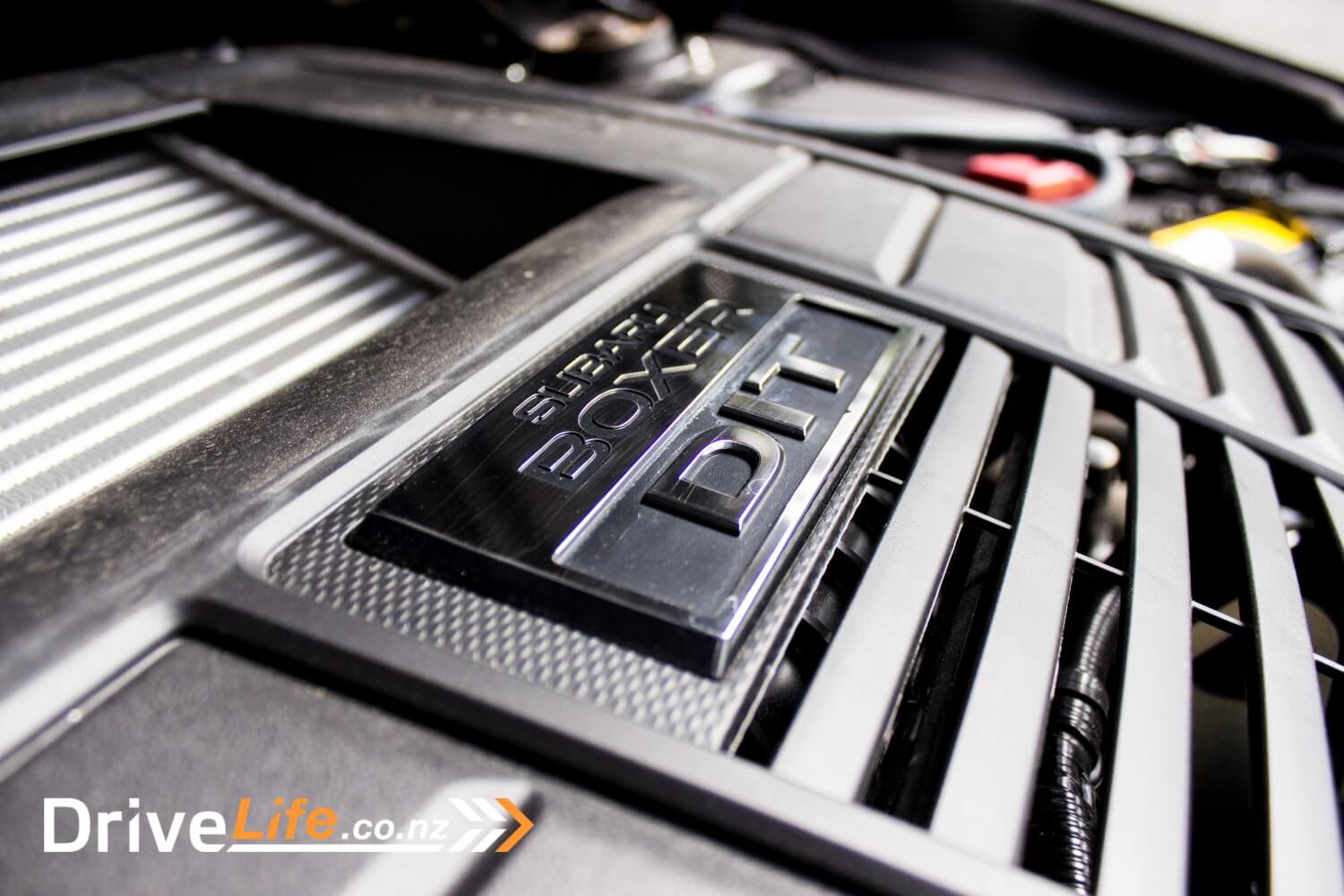

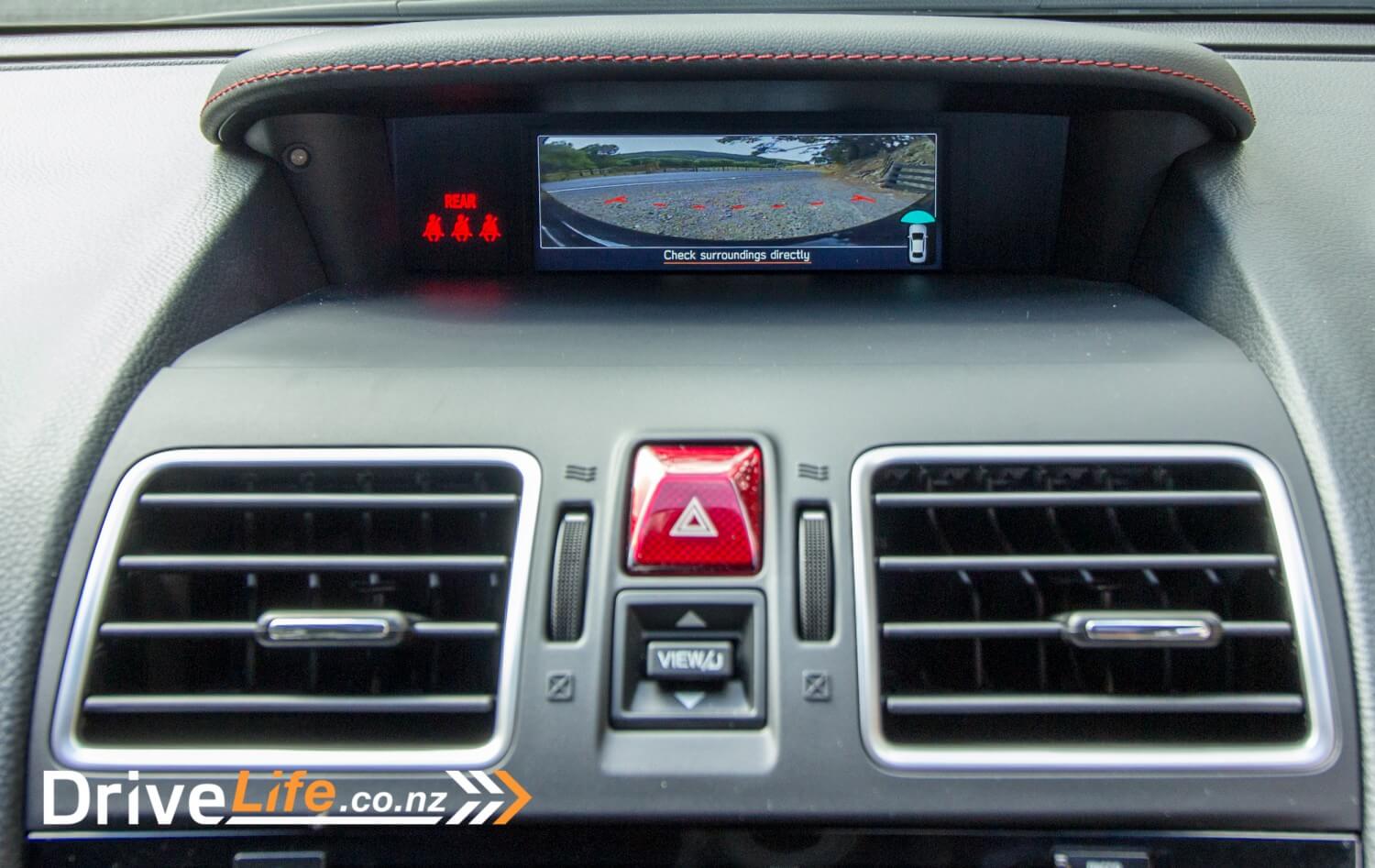

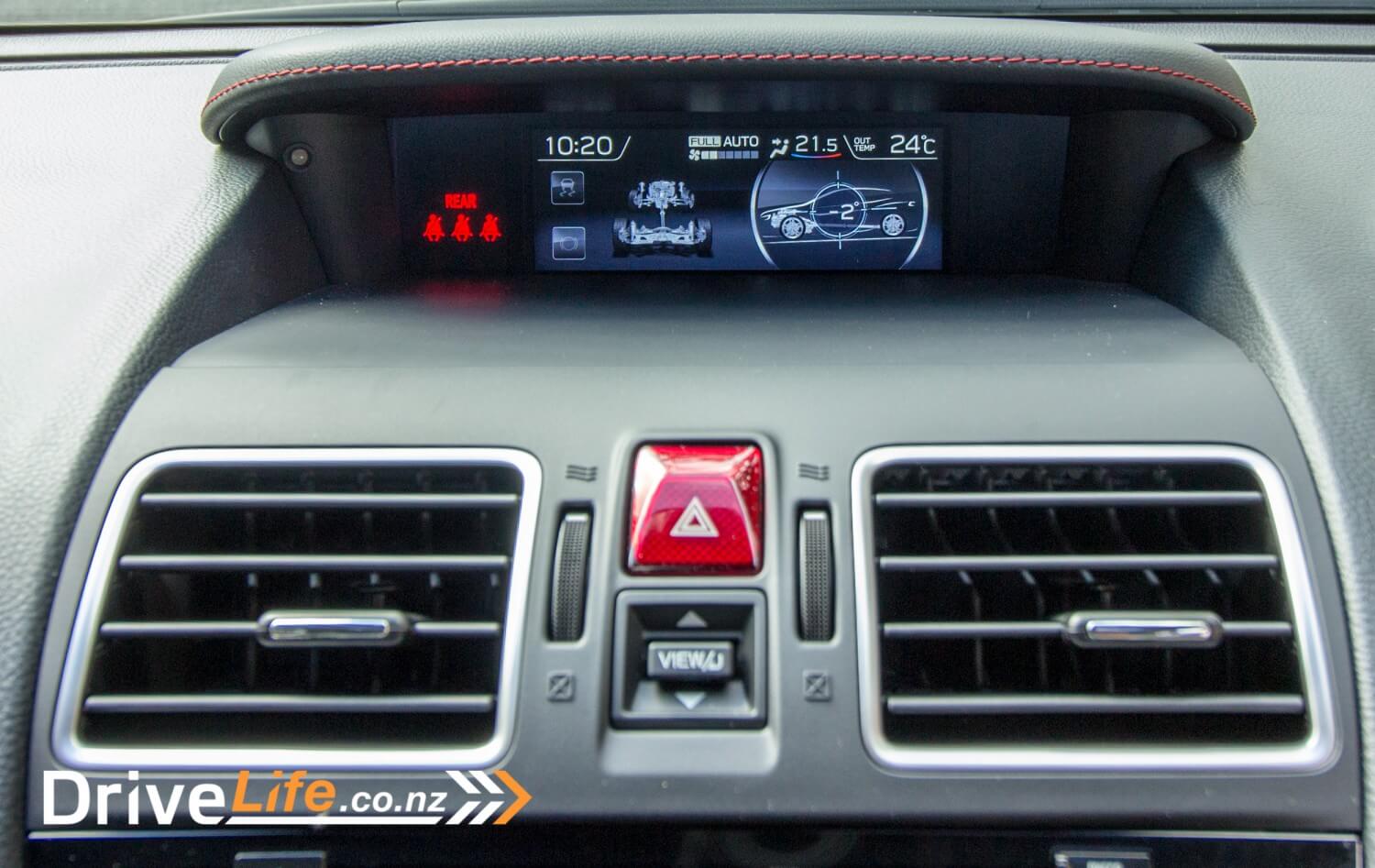
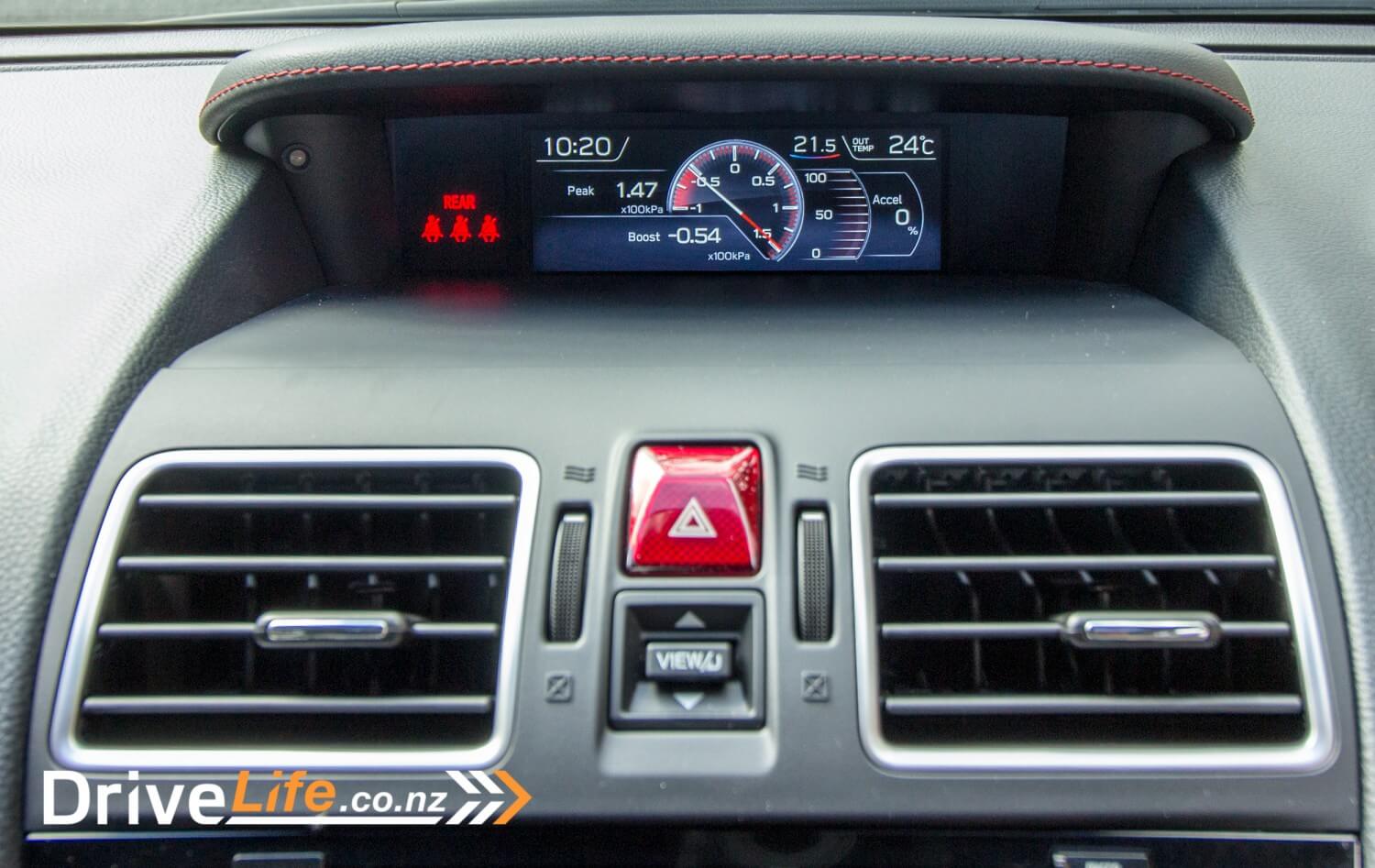
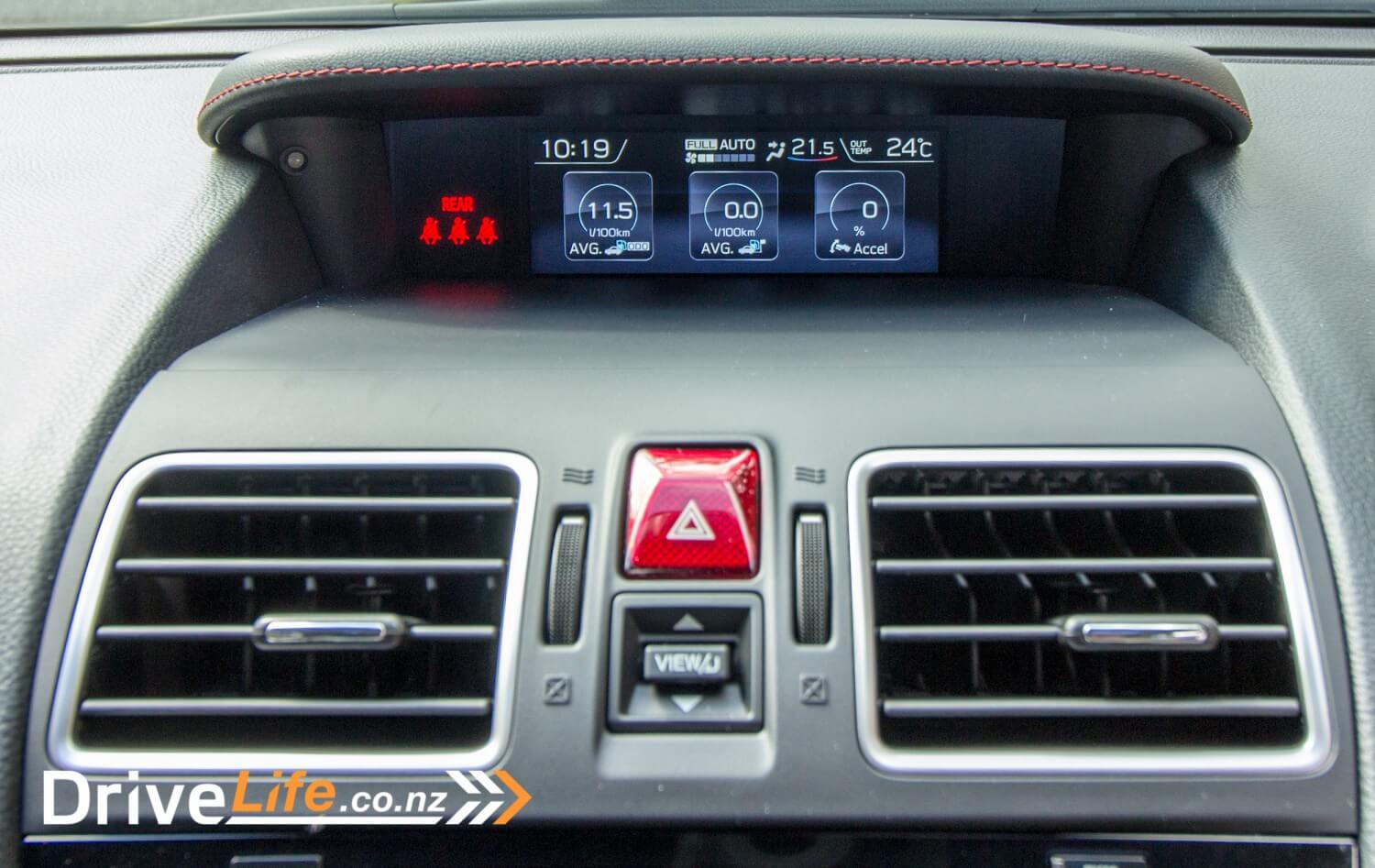
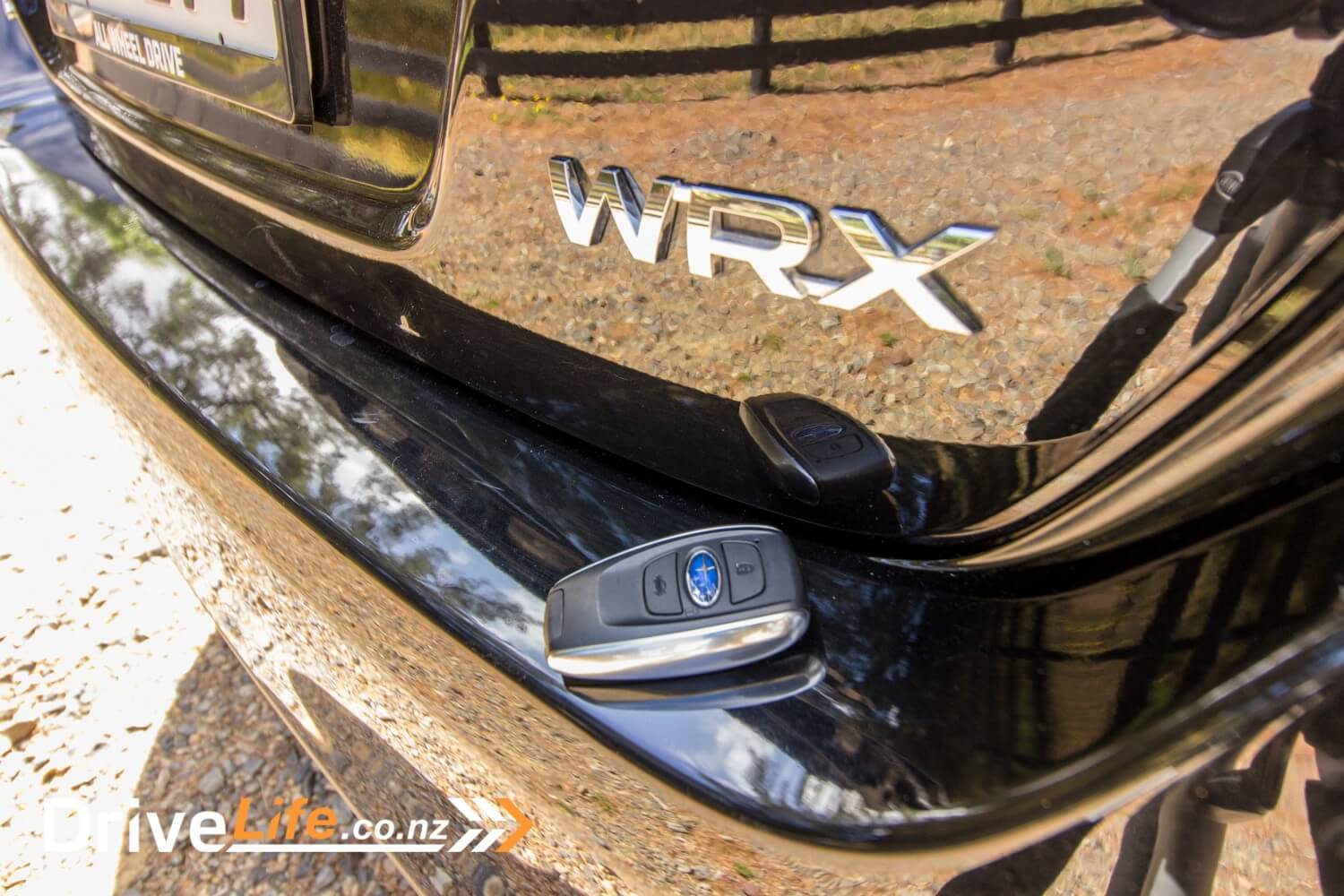
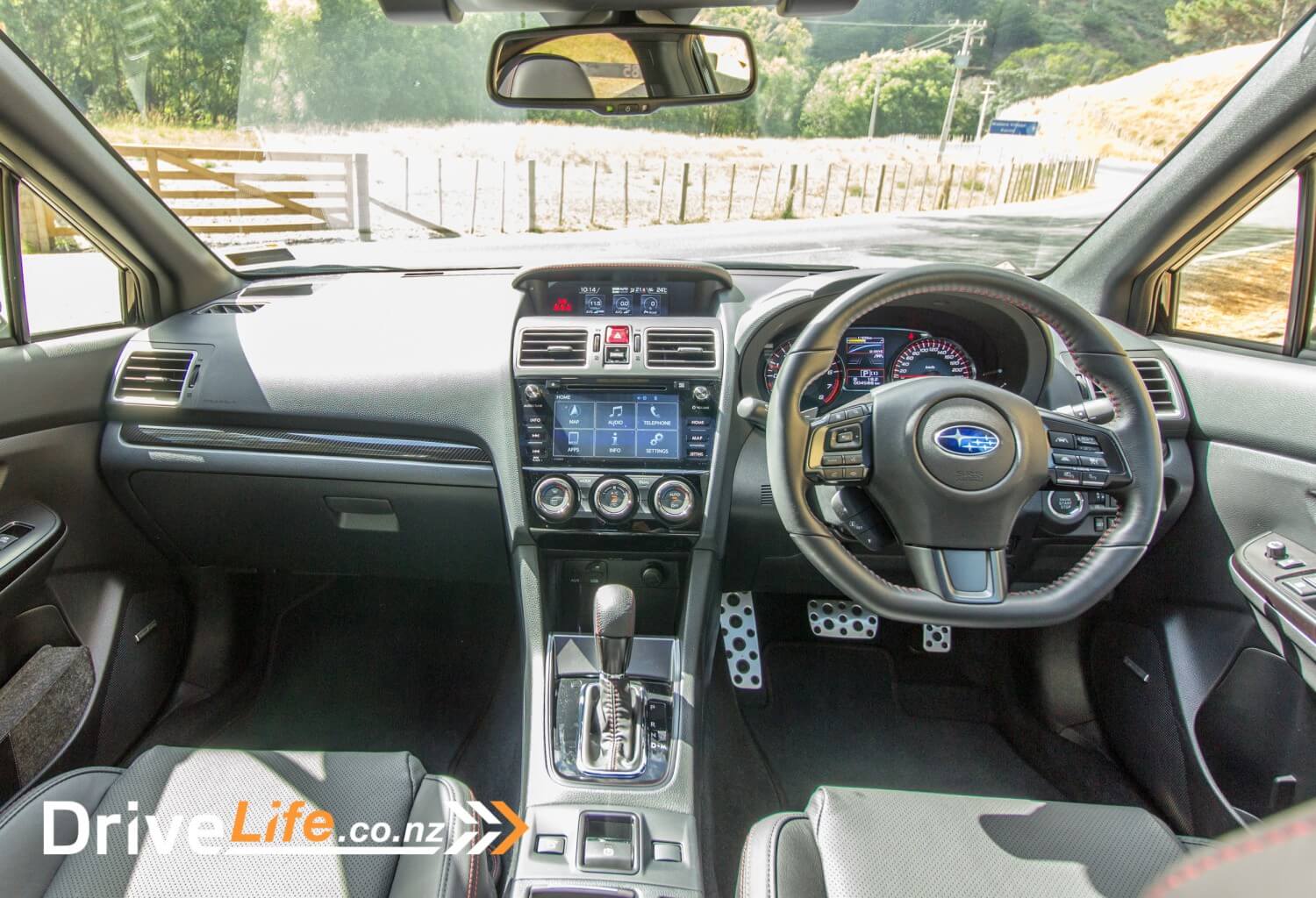

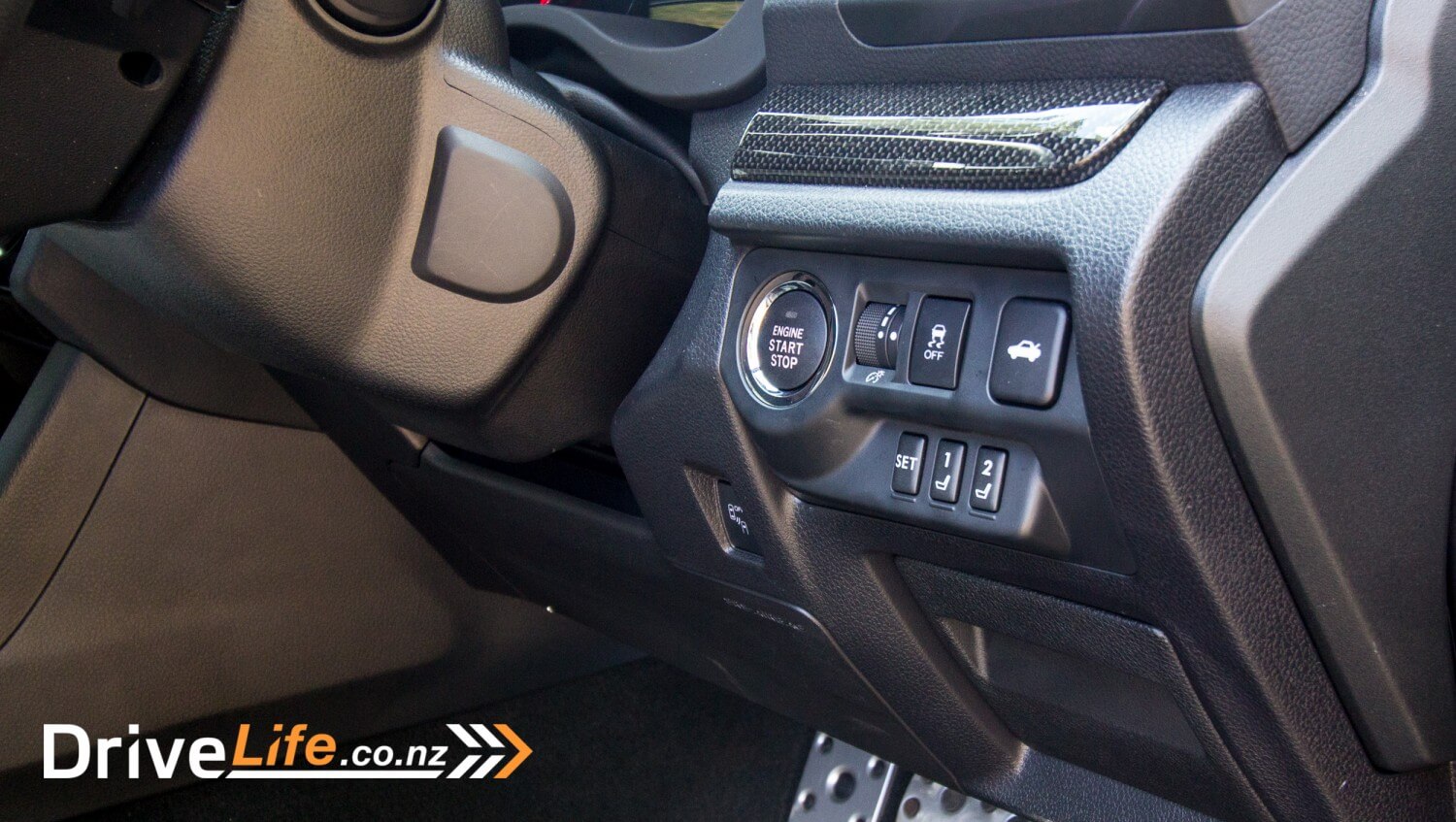



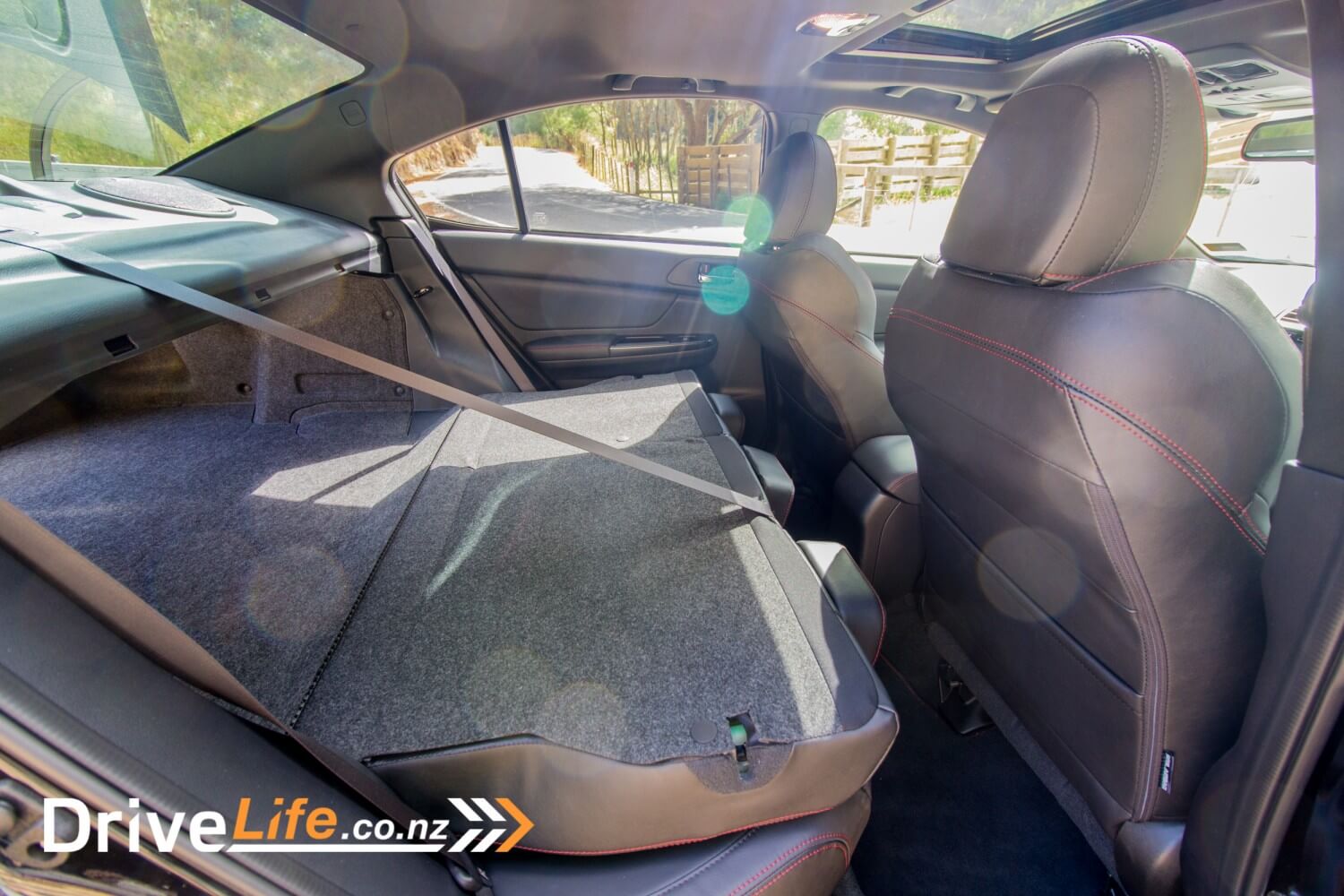
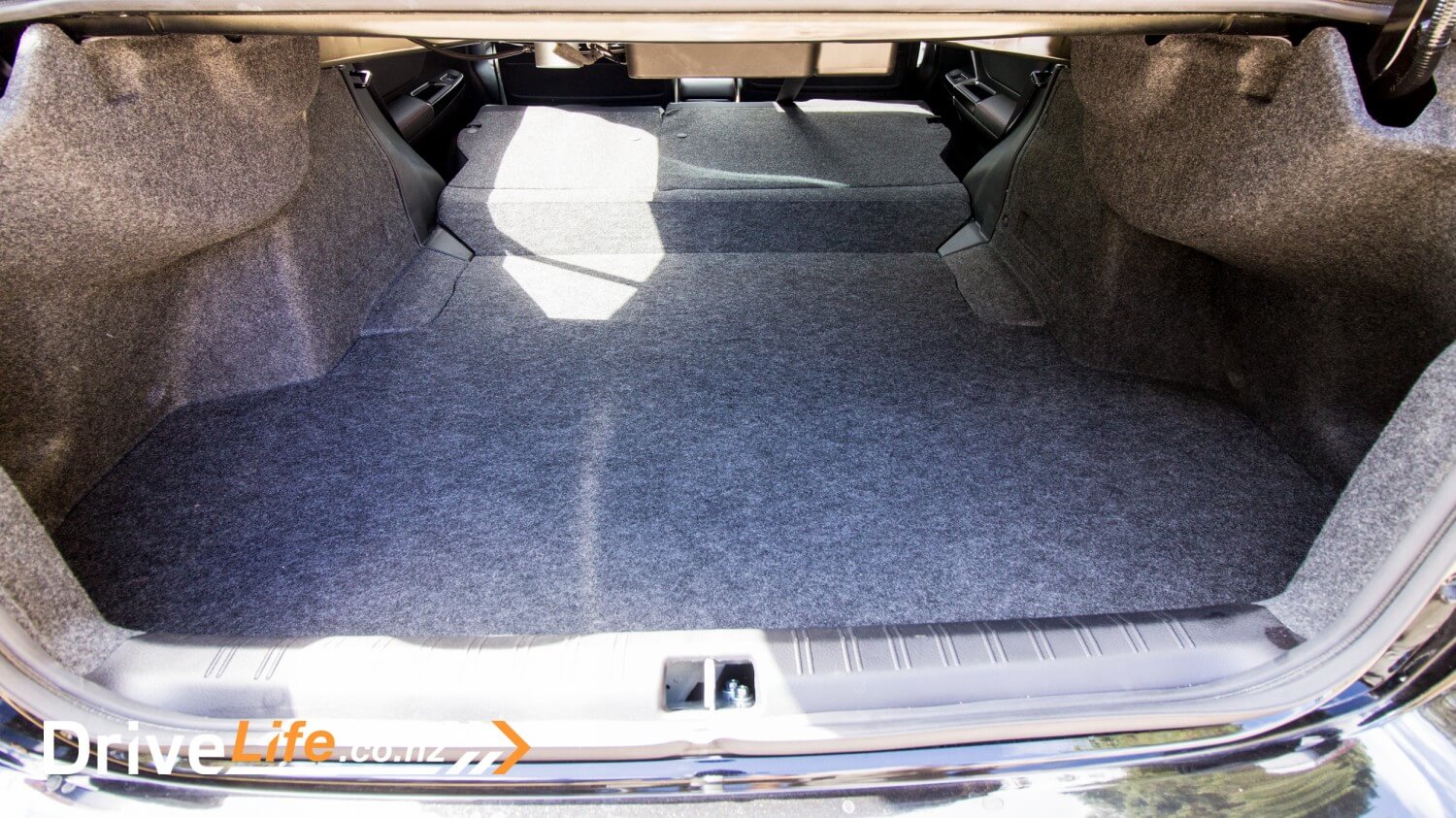
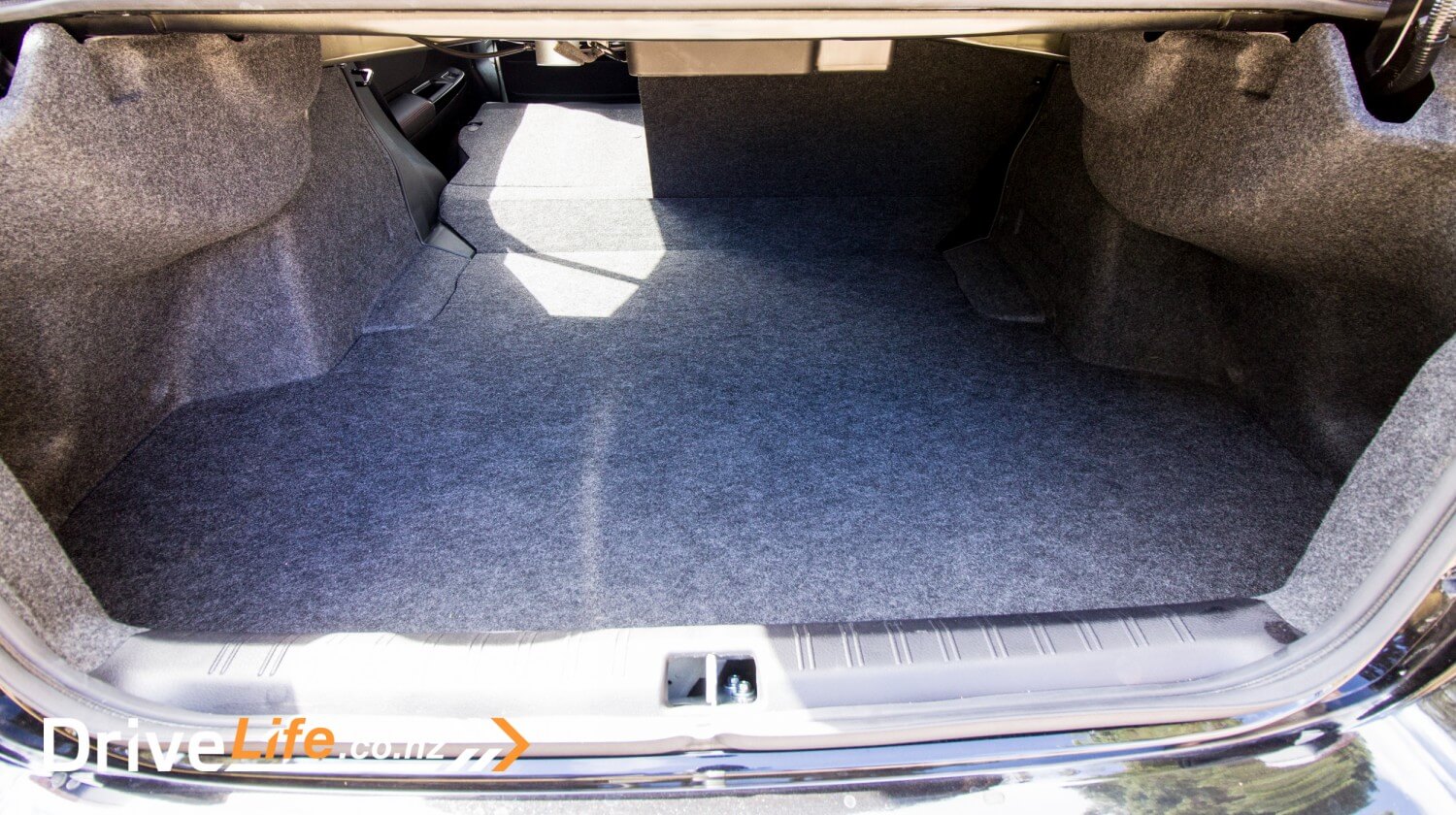


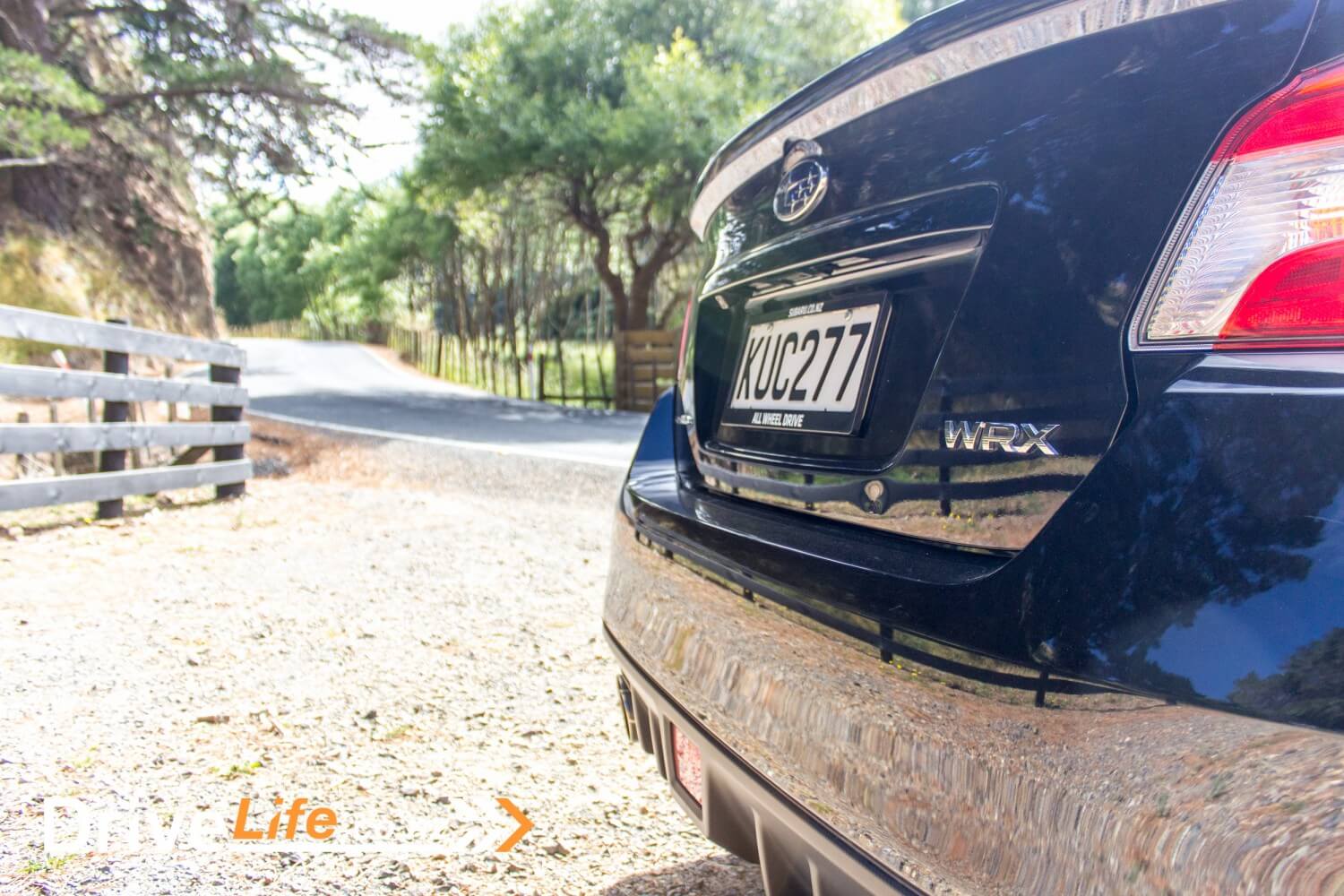


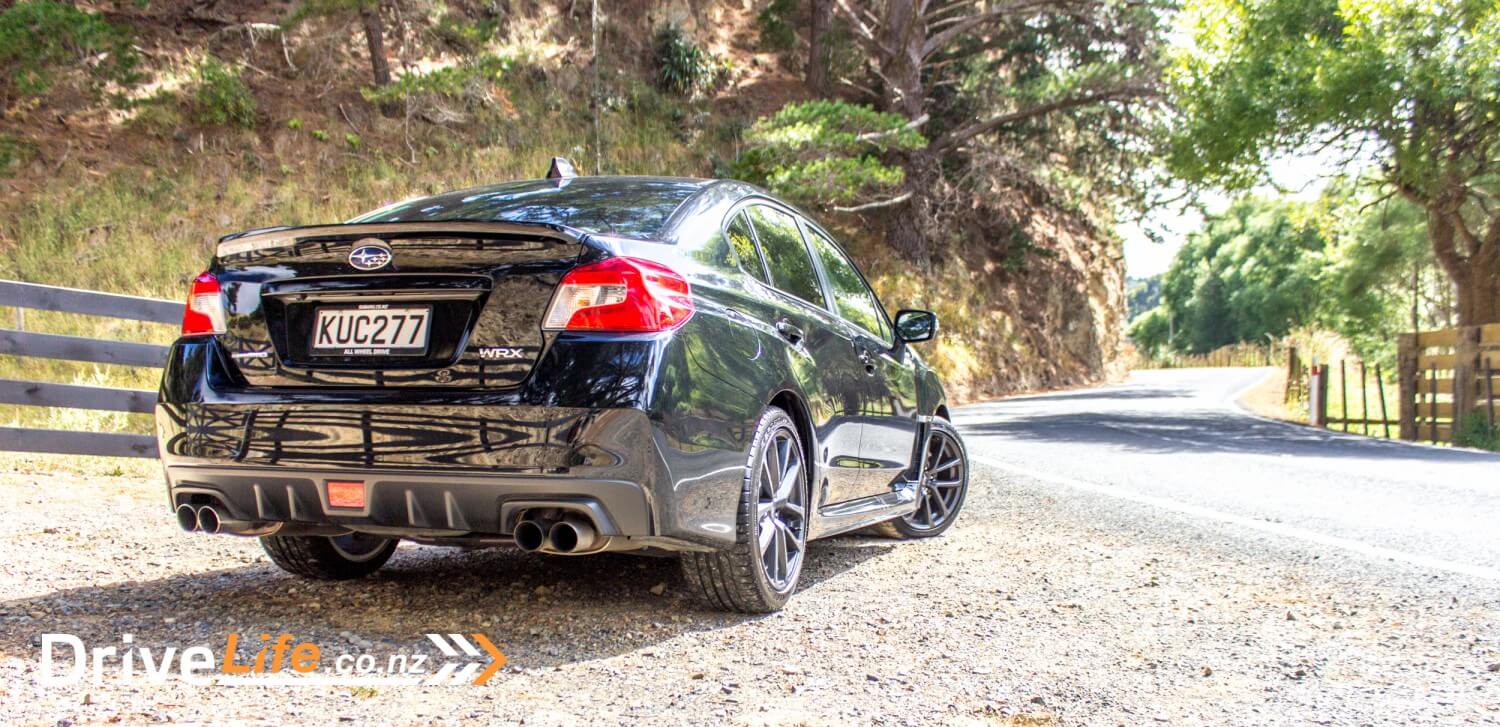

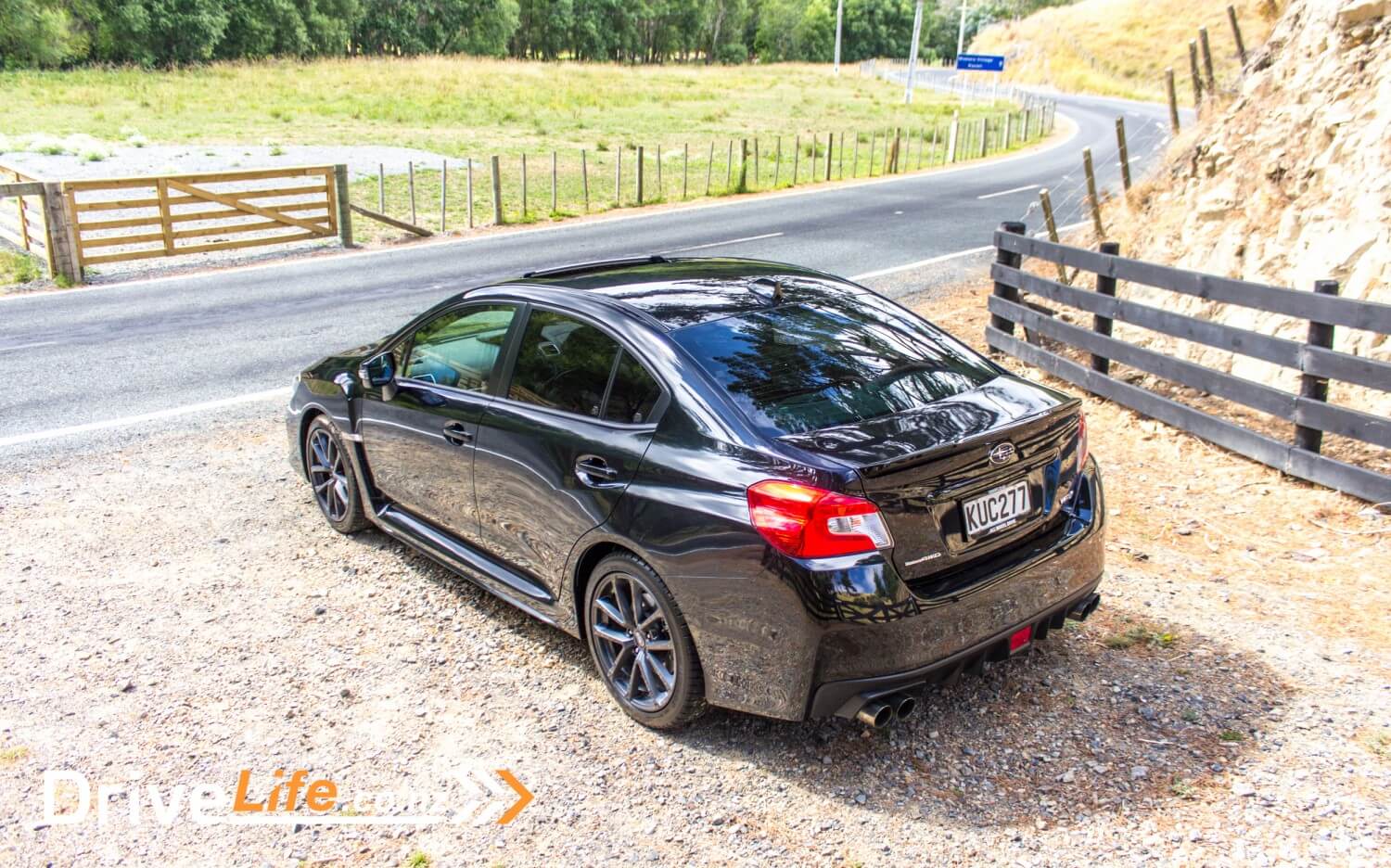
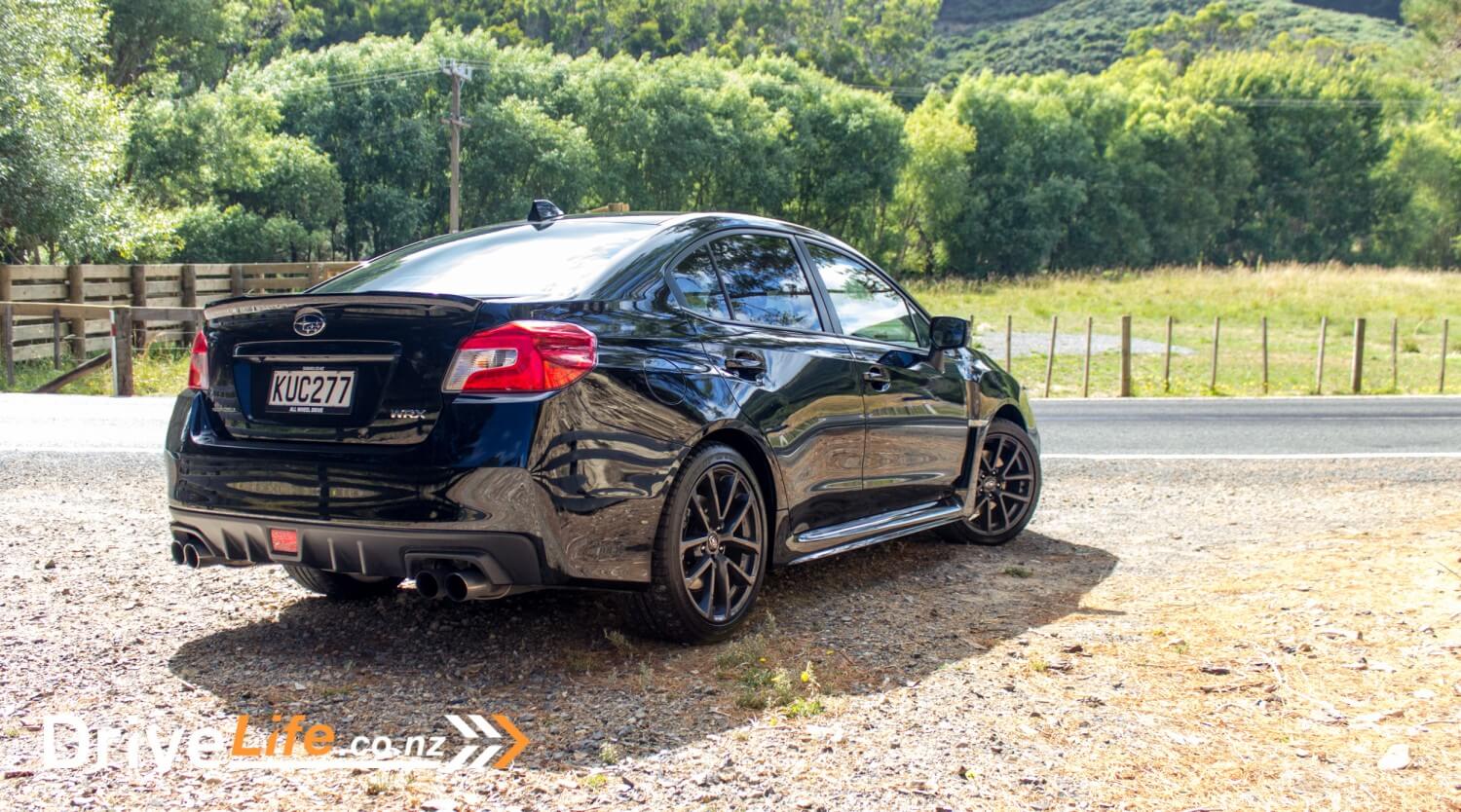
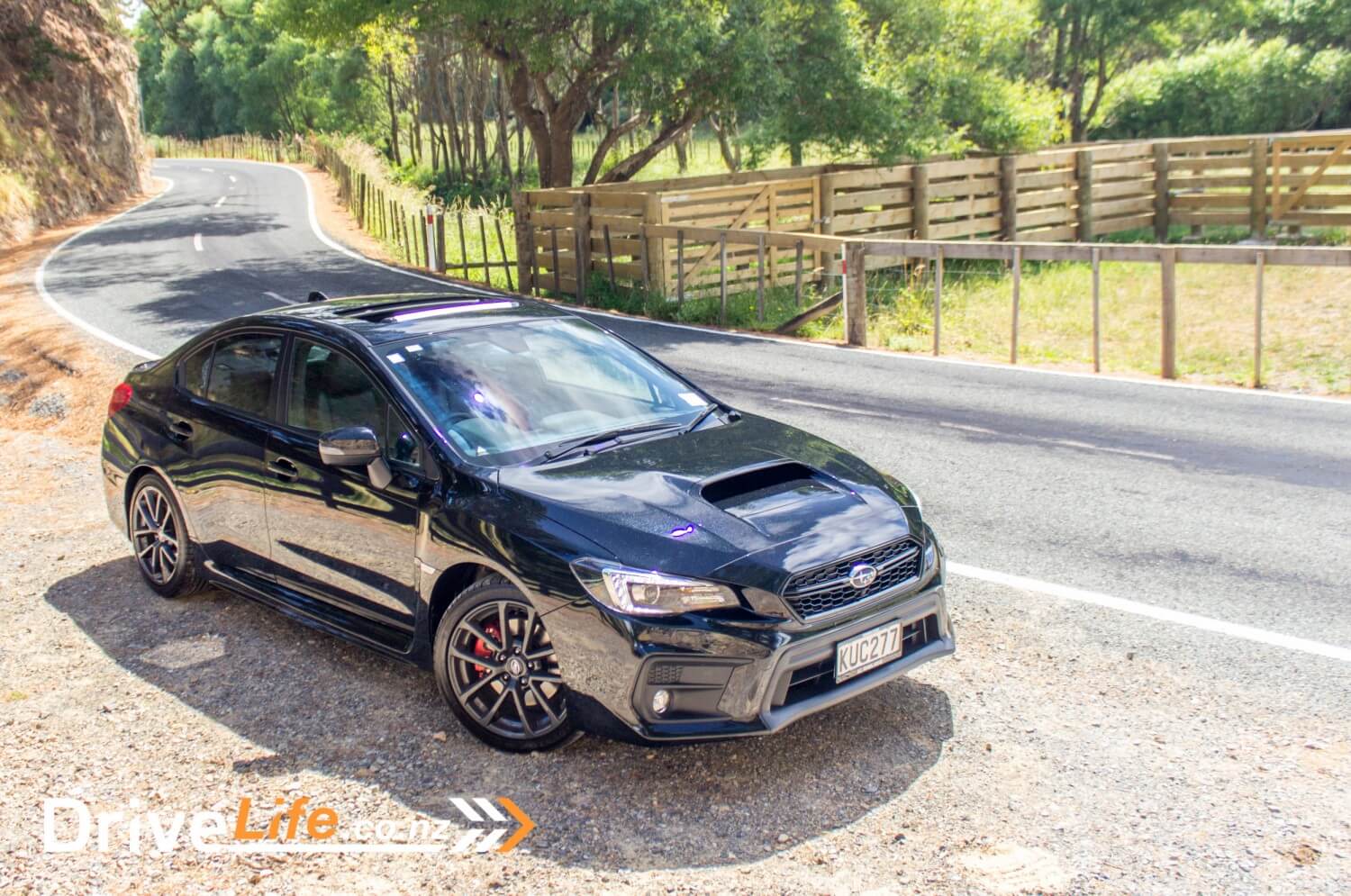
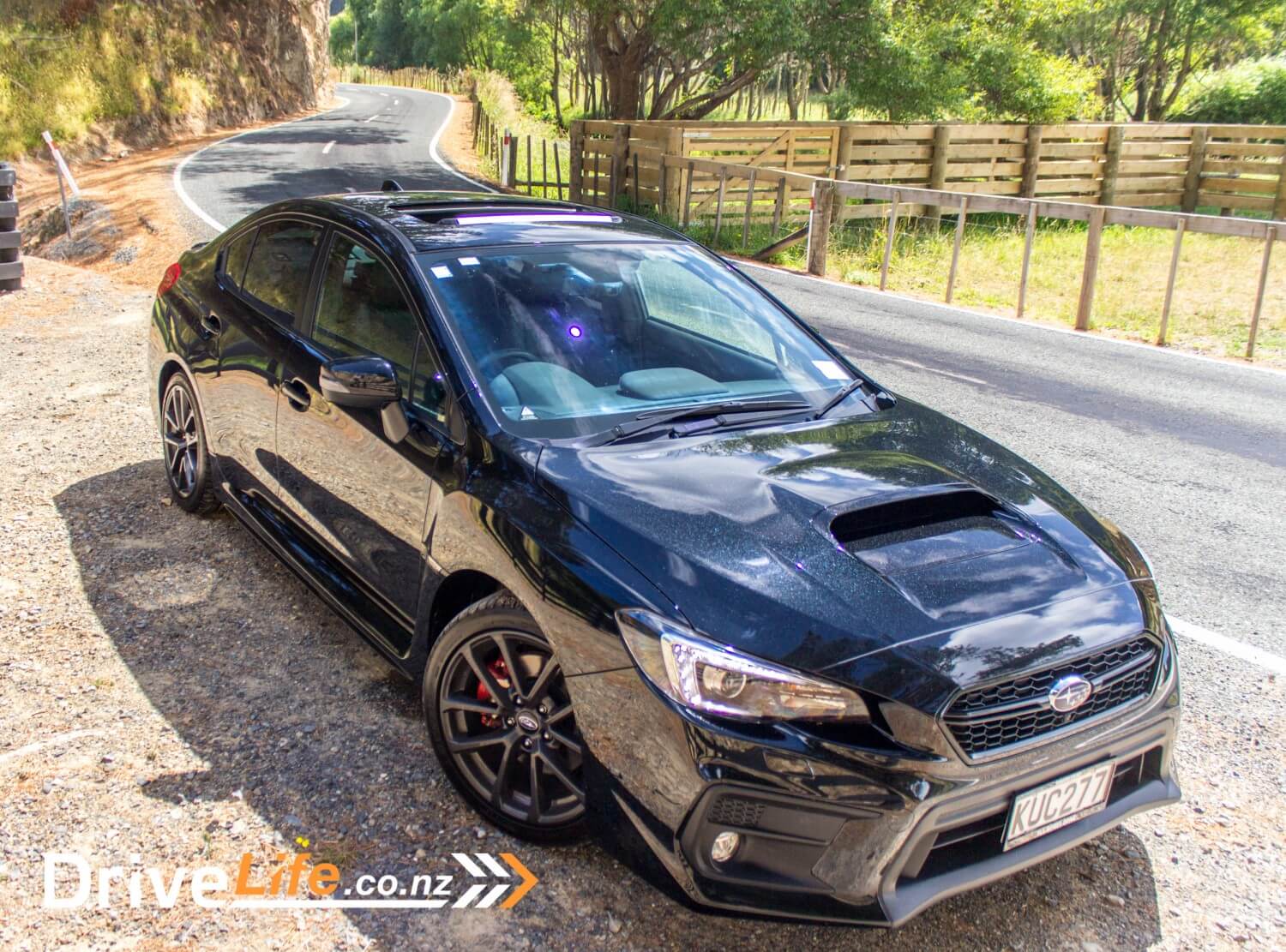
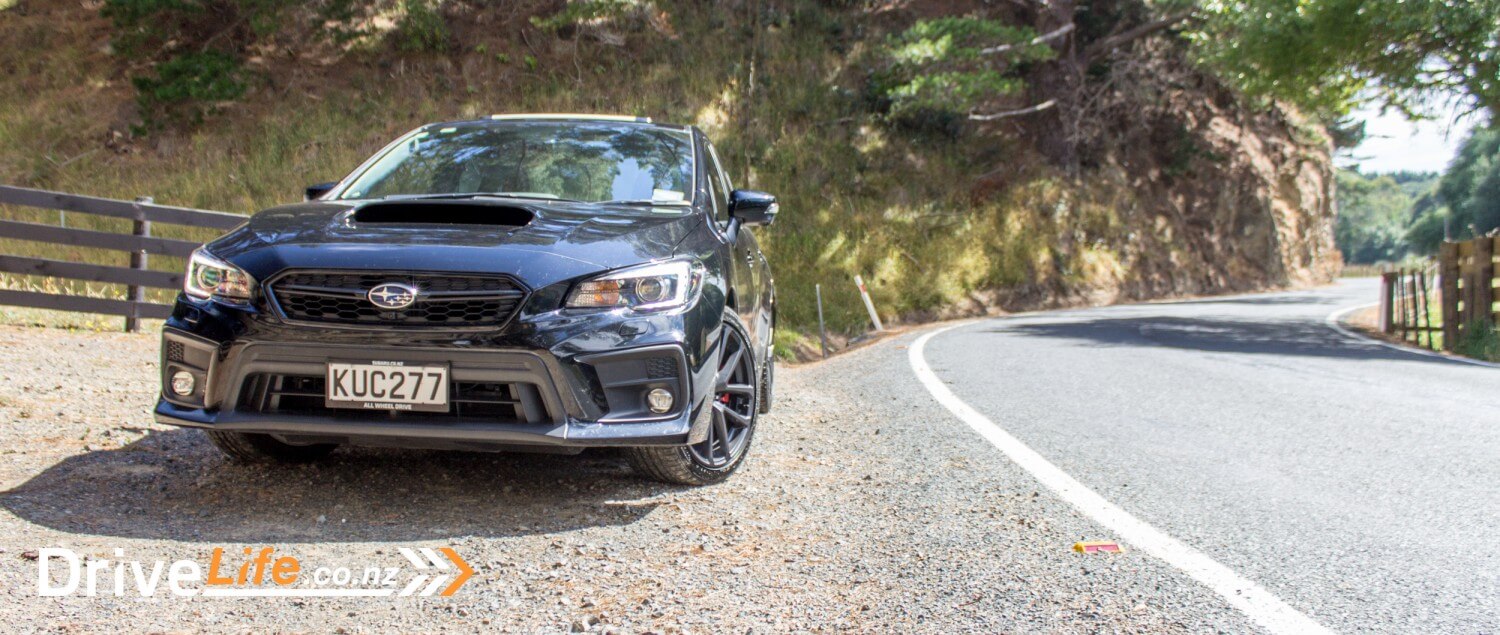
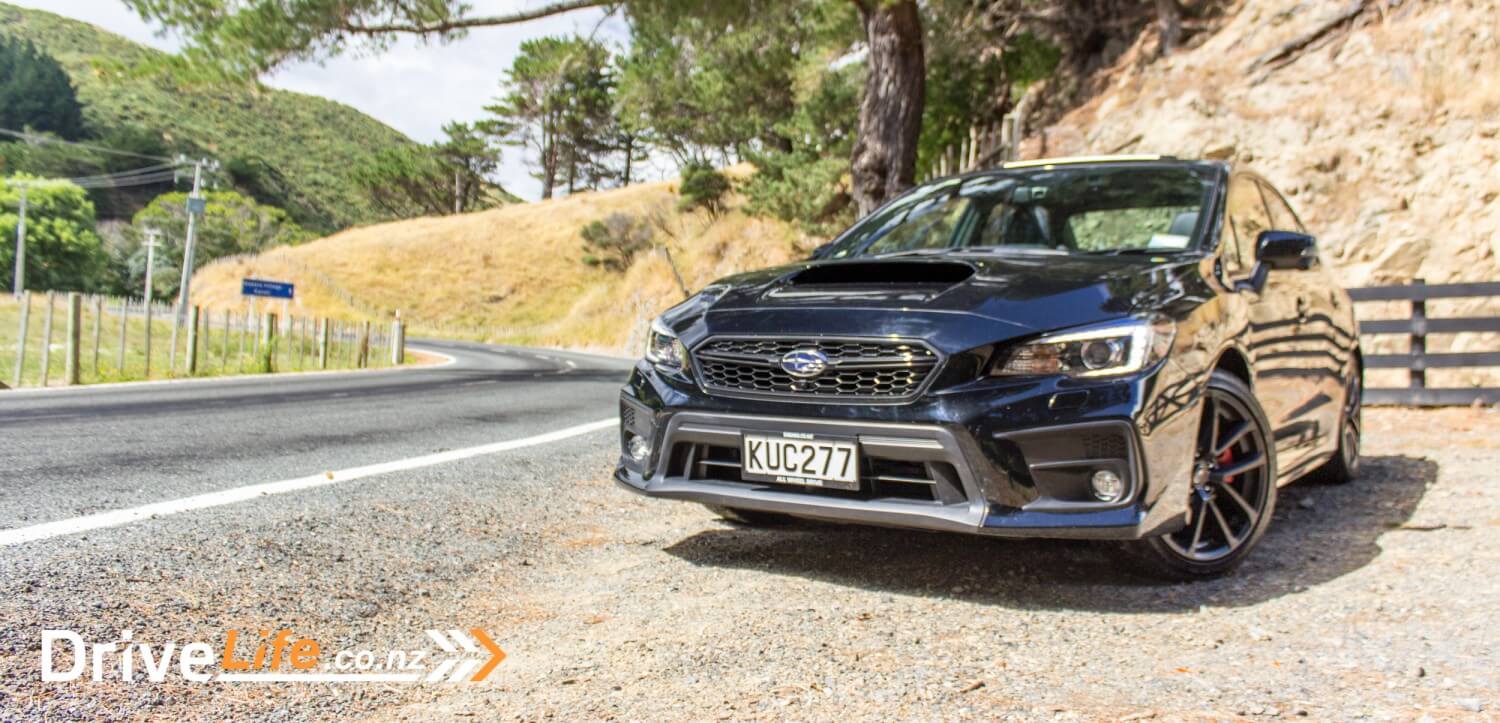
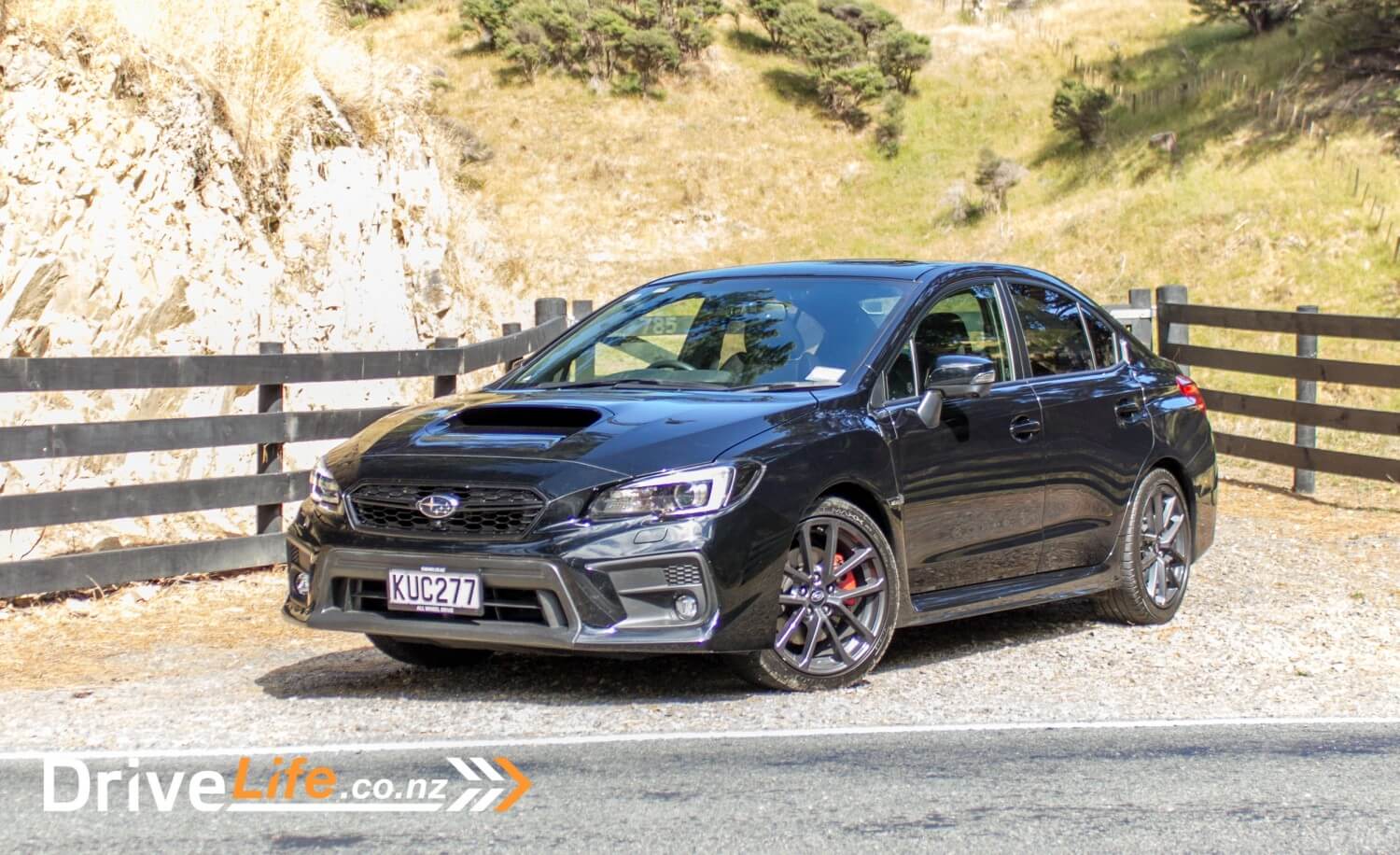


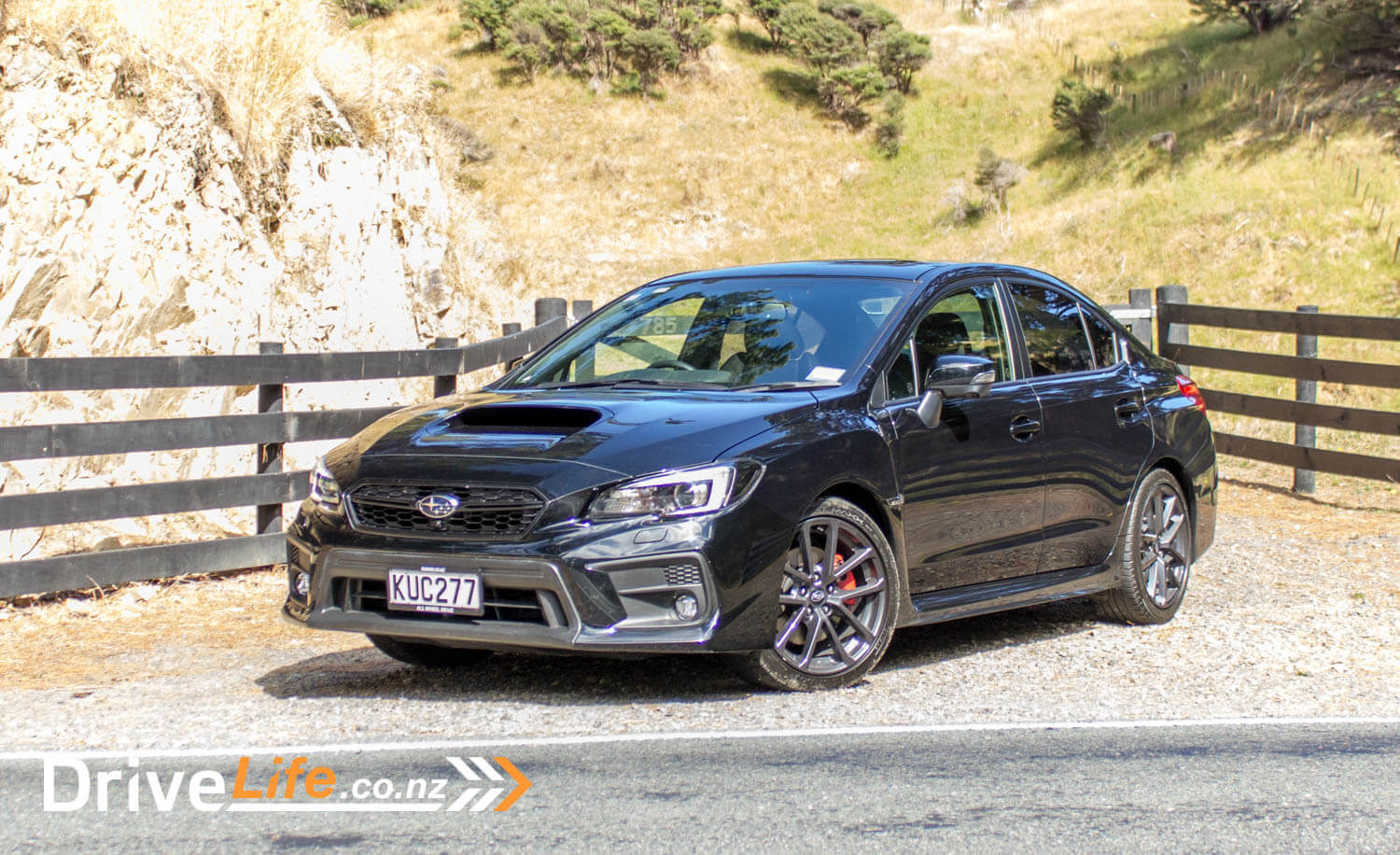











































The electric handbrake is new too.
Just on autos ?
STI sticks with a conventional mechanical handbrake.
HI Joe. Yes pretty sure it’s just on the automatics. So hopefully we won’t see many! 🙂